Victorian death photography is a practice that was popular in the 19th century, particularly during the reign of Queen Victoria, from 1837 to 1901. This type of photography involved taking photographs of deceased individuals, often to remember and preserve their memory. While it may seem macabre to modern sensibilities, Victorian death photography was a common practice at the time. It can provide us with a unique insight into the culture and customs of the era.
Background
Death was an ever-present reality in the Victorian era. Infant mortality rates were high, and many died young from diseases that are now easily treatable. Death was also more visible in Victorian society, with public executions and mourning rituals being common. This cultural fascination with death extended to photography, which was a relatively new technology at the time.
In the early days of photography, taking photographs was difficult and expensive. Therefore, many families only had one or two pictures of their loved ones, usually brought on special occasions such as weddings or christenings. When someone died, it was often the case that there were no photographs of them, which made it difficult for their loved ones to remember them. Victorian death photography offered a solution to this problem.
How It Was Done
Victorian death photography was done in various ways, depending on the family’s resources and the photographer’s expertise. Sometimes, the photographer would photograph the deceased person in their bed, surrounded by flowers and other decorations. This photograph type was often called a “deathbed portrait.” In other cases, the deceased person would be posed in a more elaborate setting, such as a chair or pedestal. The aim was to make the person look as lifelike as possible to be remembered as they were in life.
One of the techniques used to make the deceased look more lifelike was to prop them up with supports such as metal rods or stands. The photographer would then hide the supports with props such as cushions or drapery. This gave the impression that the person was sitting or standing naturally, even though they were deceased.
Another technique used in Victorian death photography was to paint the person’s eyes to make them look more alive. This was done by painting a thin layer of color on the eyes, usually blue or brown, to create the illusion of pupils. The lips and cheeks would also be rouged to make them look more vibrant.
Why It Was Done
The reasons for taking Victorian death photography varied. For some families, it was a way to remember their loved ones and to keep their memory alive. Death was an ever-present reality in Victorian society, and many people died young, so having a photograph of a deceased loved one was a way to ensure that they were not forgotten.
For others, Victorian death photography was a way to deal with the grief of losing a loved one. Posing the deceased person for a photograph was a way to say goodbye and acknowledge their passing. It was also a way to create a sense of closure and to move on from the loss.
Victorian death photography was also used as a way to document the deceased person’s appearance for legal or scientific reasons. For example, a photograph could be used as evidence in a trial if a person died under suspicious circumstances. Similarly, if a person dies of a rare disease, a photograph could be used to document the symptoms and help with medical research.
Controversy
Despite its popularity at the time, Victorian death photography was not without controversy. Some people believed it was disrespectful to the deceased person to take their photograph after they died. Others thought it was a macabre and morbid practice that should be discouraged.
There were several concerns raised about the practice of Victorian death photography. One of the main concerns was that it was seen as being disrespectful to the dead. Some people believed that photographing the deceased violated their dignity and that it went against religious and cultural norms surrounding death and mourning.
There were also concerns about these photographs’ impact on the living. Some critics argued that looking at pictures of the dead could be traumatic and distressing, particularly for grieving people.
In addition to these moral and ethical concerns, there were also practical issues surrounding the practice of Victorian death photography. For example, taking these photographs was expensive and time-consuming, which meant that it was only available to the wealthier members of society.
Victorian death photography gradually fell out of favor towards the end of the 19th century as photography became more accessible and affordable. The development of faster film and the introduction of handheld cameras meant that people could take more spontaneous photographs of their loved ones rather than relying on posed portraits.
Changing attitudes towards death and mourning also contributed to the decline of Victorian death photography. As the Victorian era drew to a close, there was a growing emphasis on private mourning and a move away from public displays of grief. This shift in attitudes meant less demand for photographs of the deceased, and the practice gradually fell out of fashion.
Here Bygonely has compiled a list of creepy portraits and photographs from the Victorian era posing with the deceased bodies.


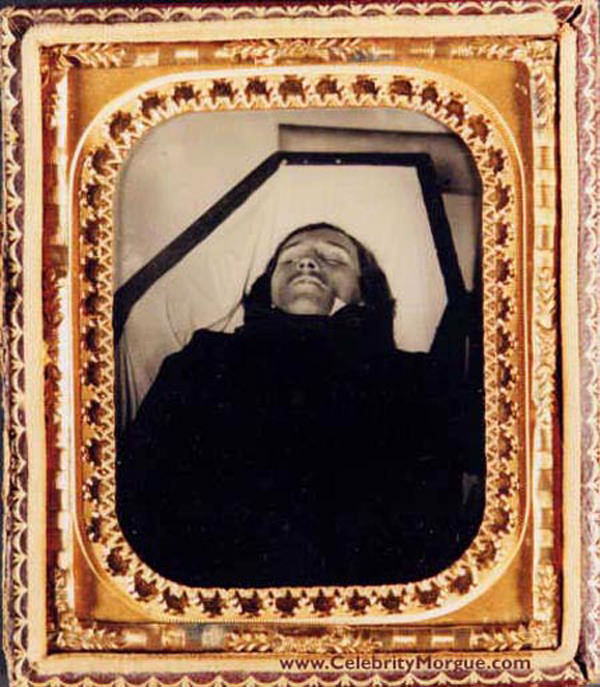
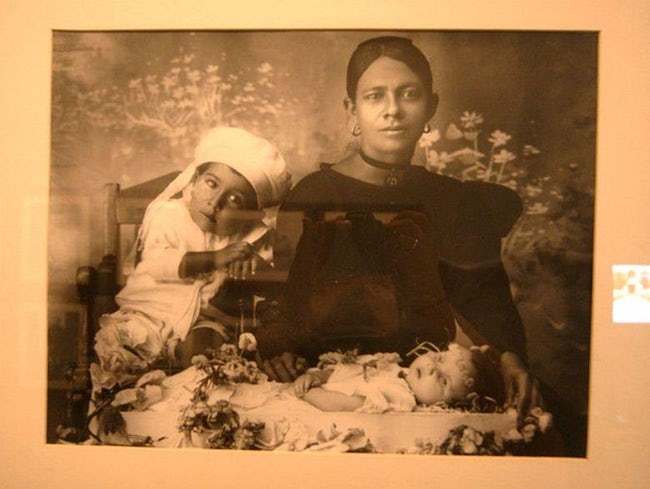
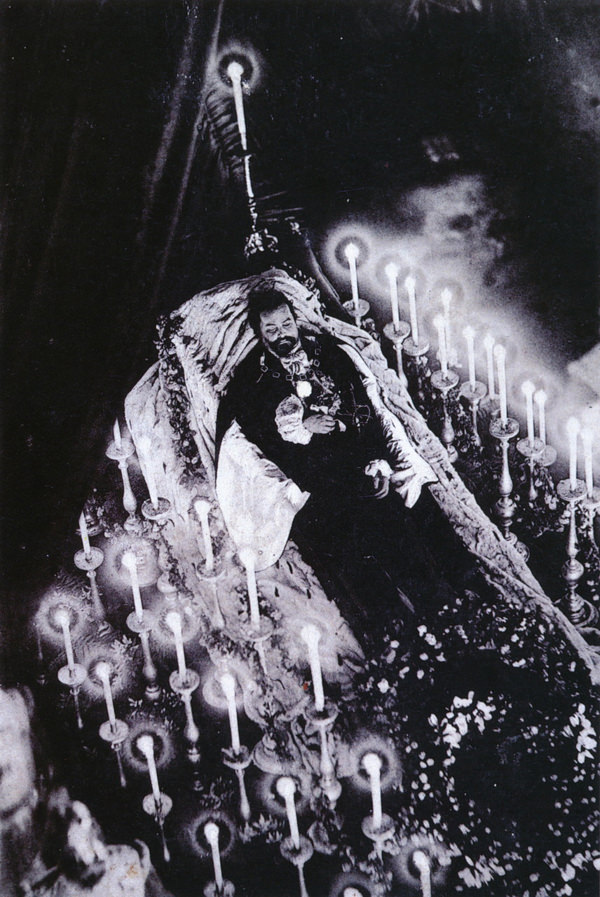

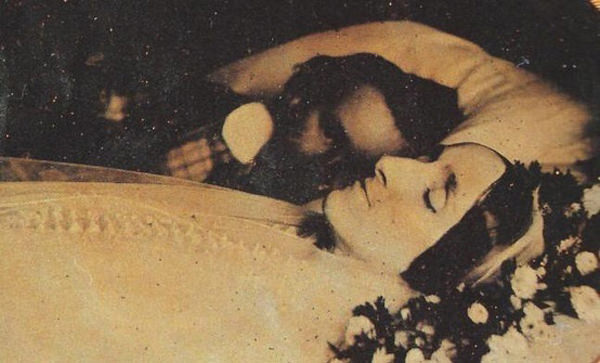

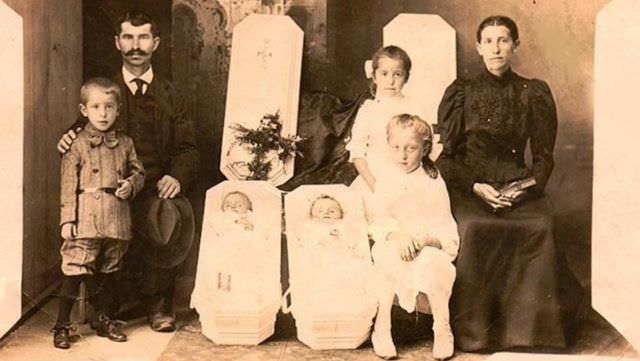
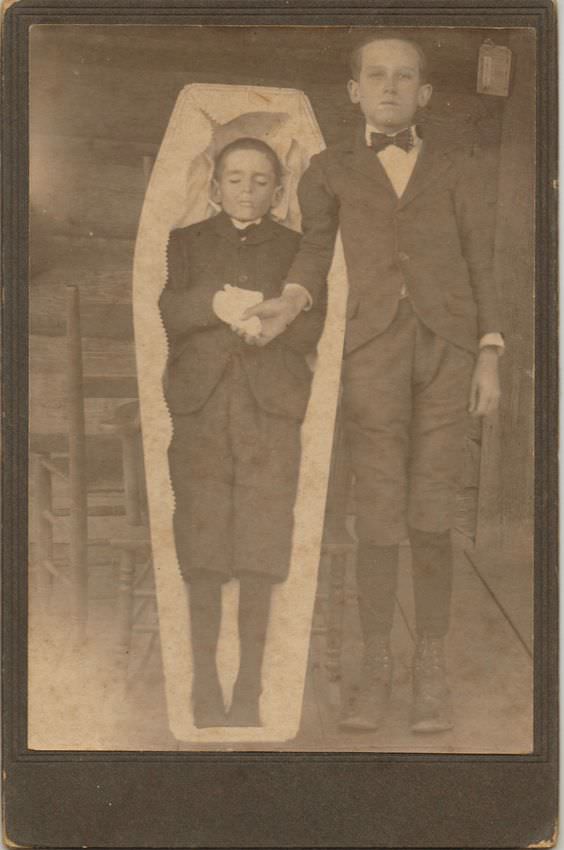
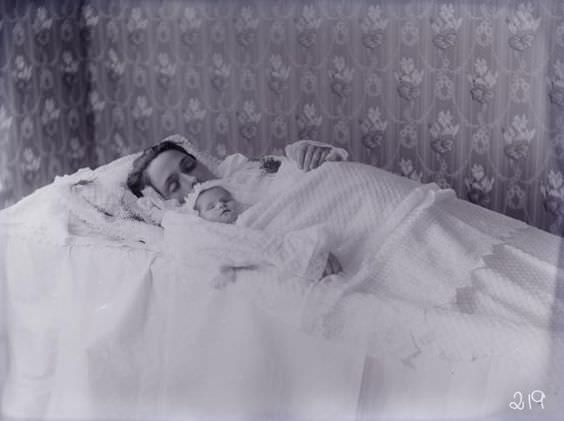
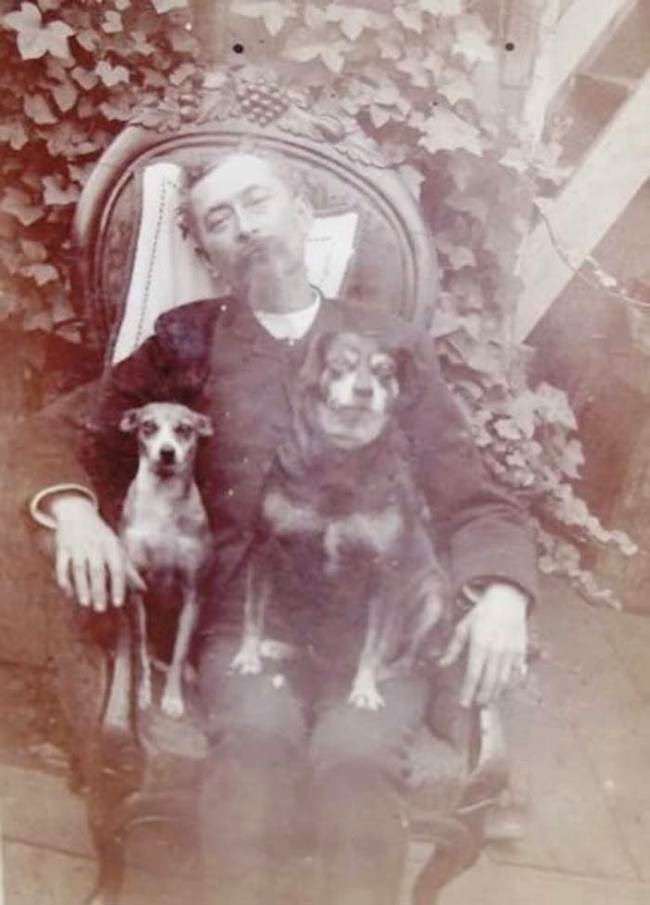
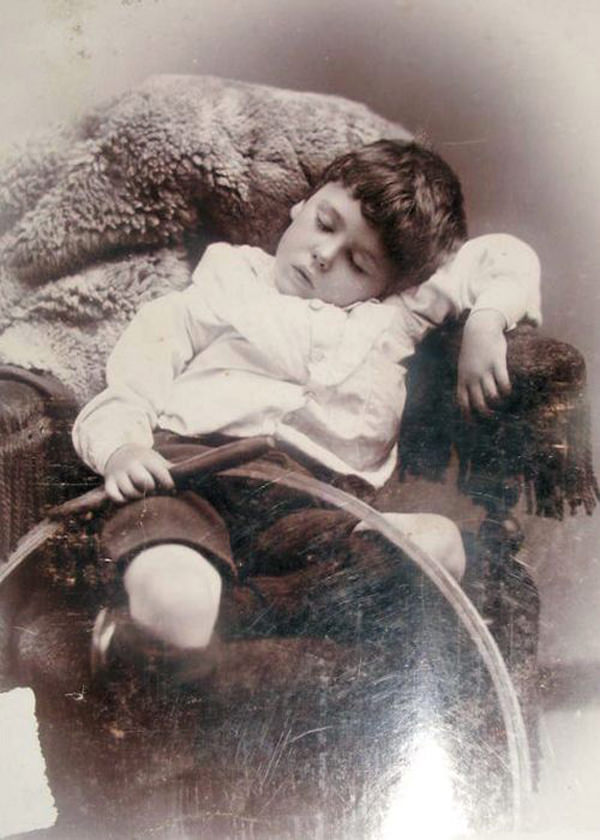
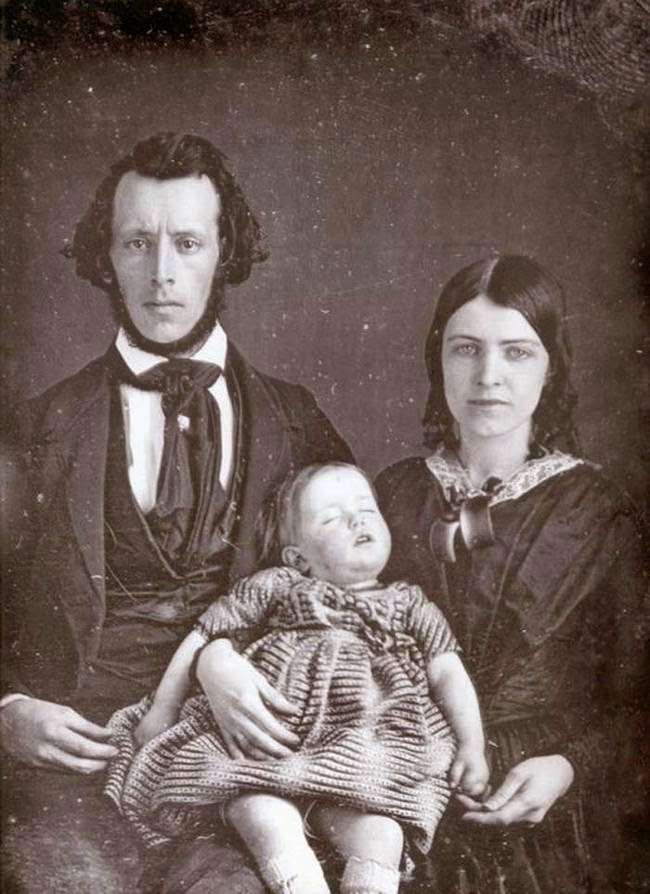
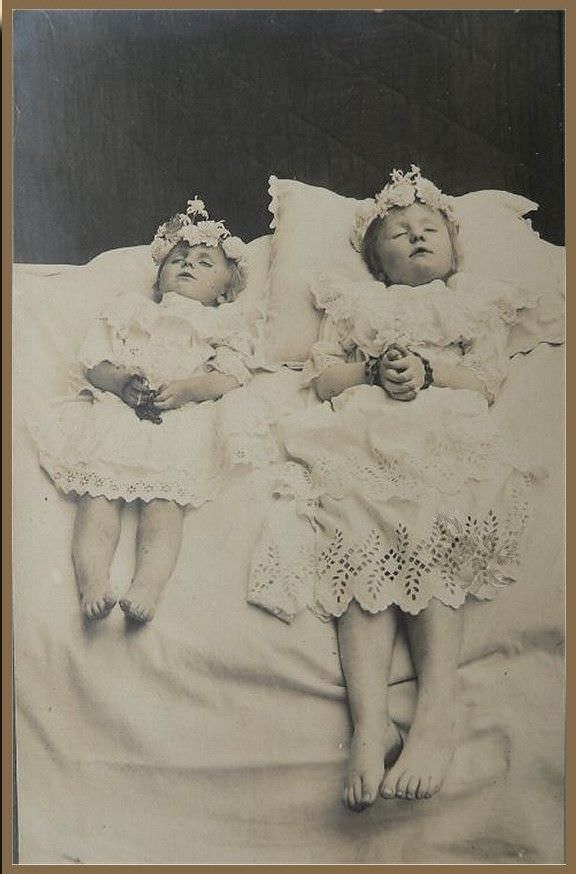
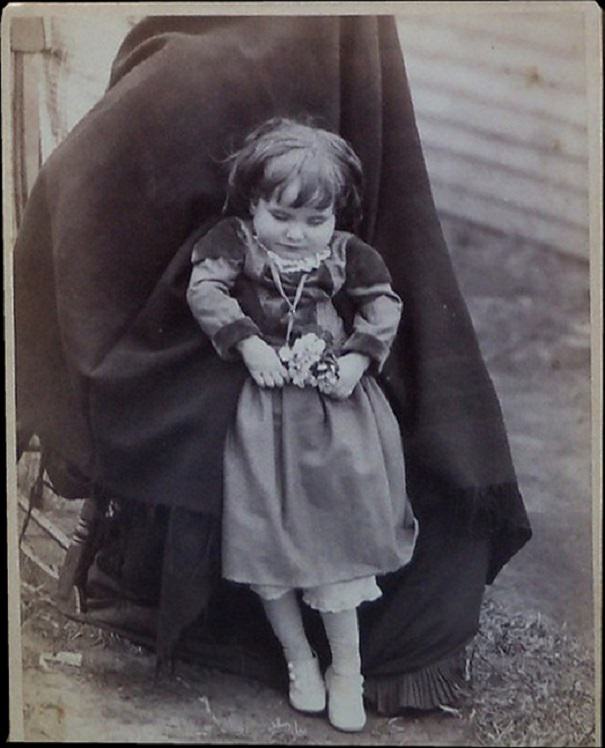
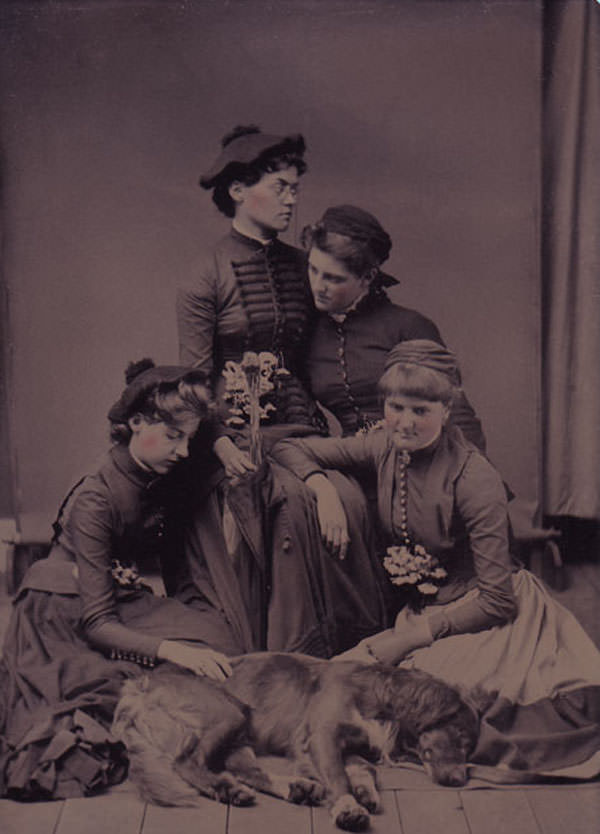
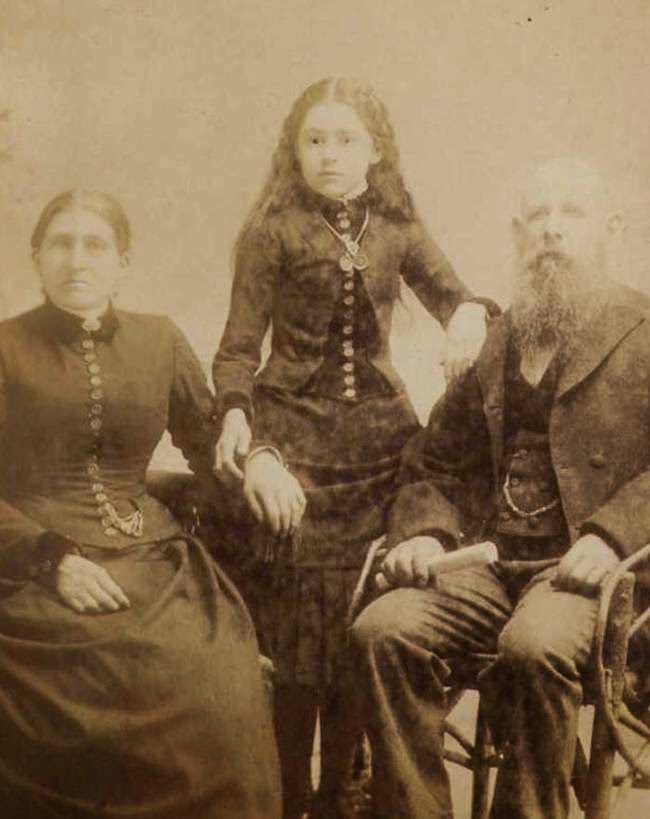
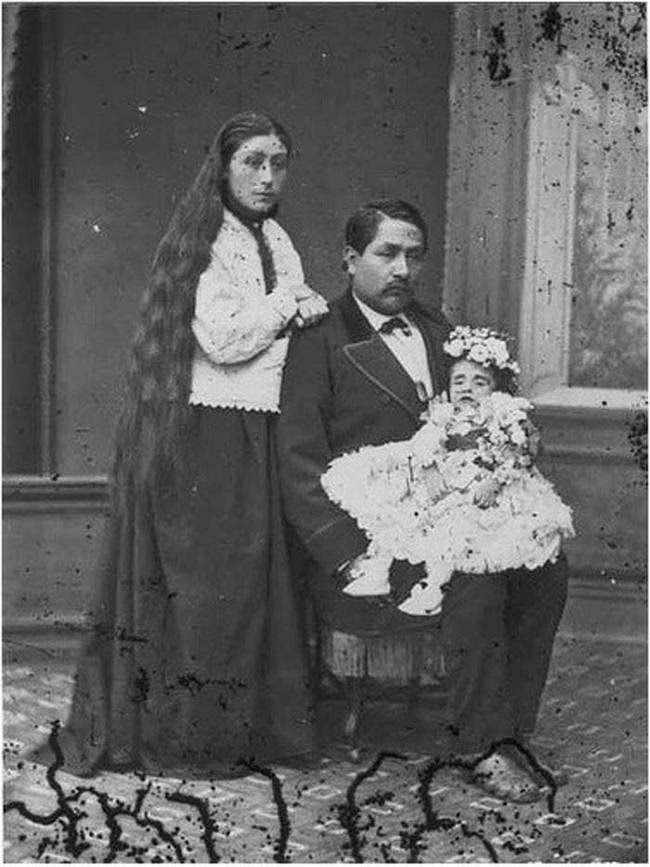
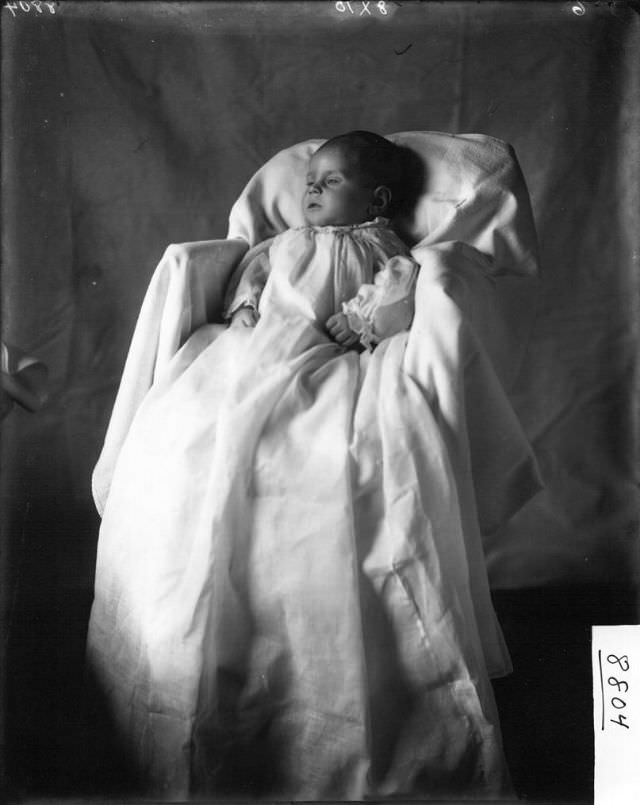
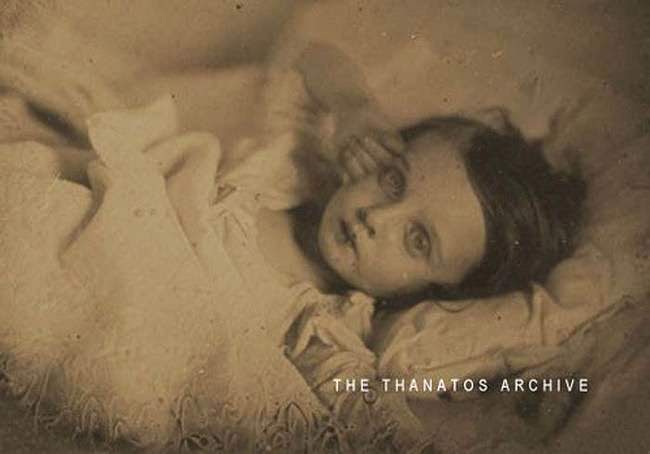
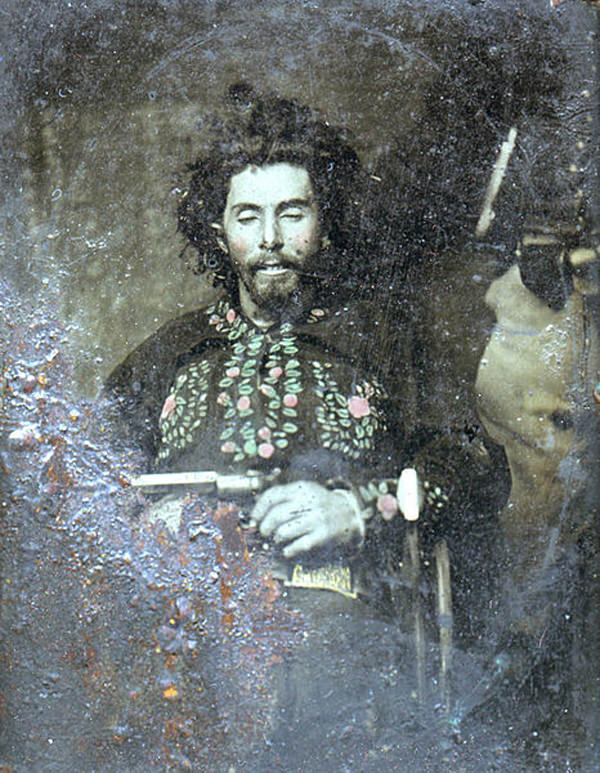
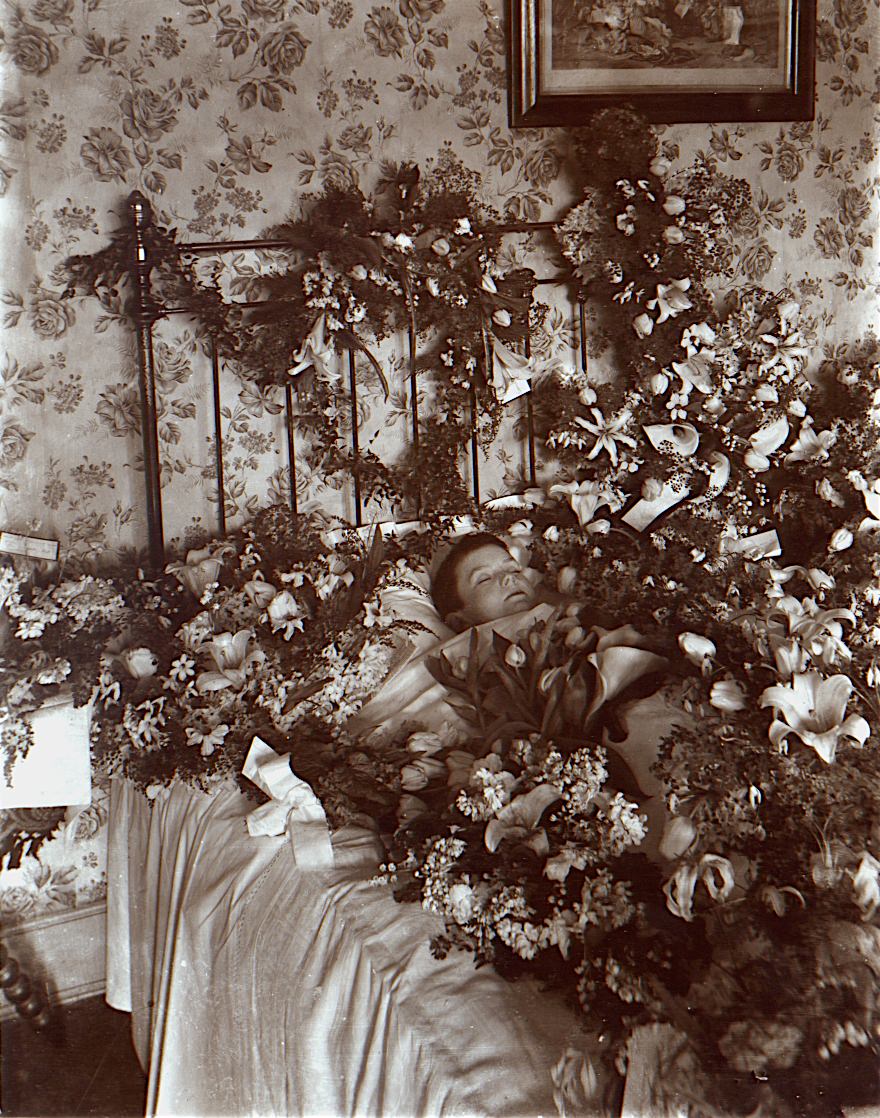
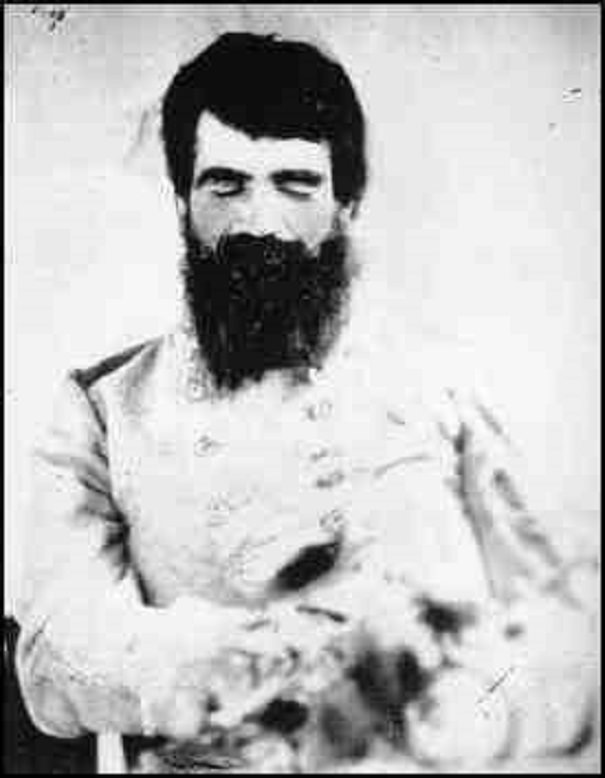
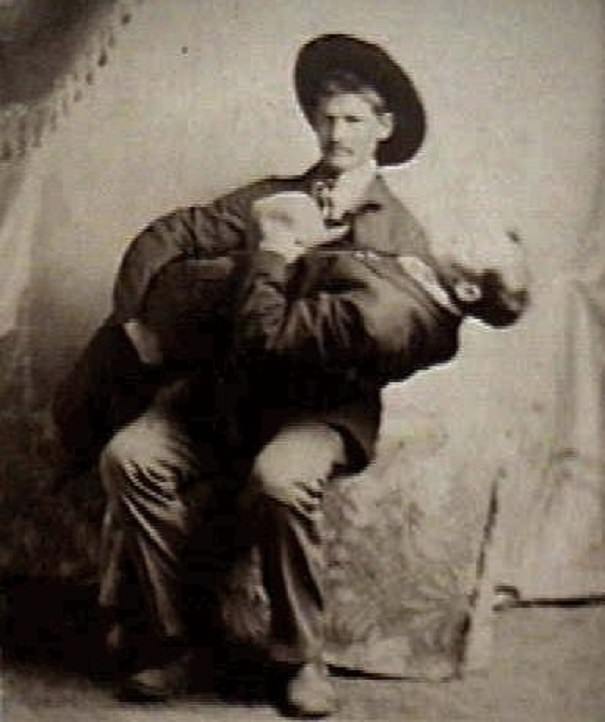
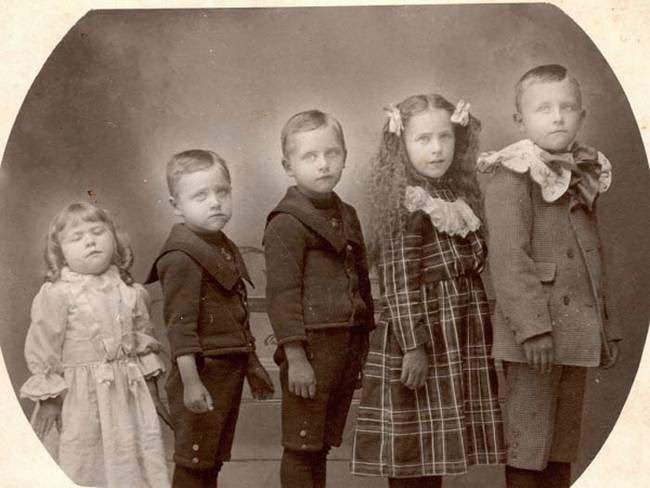
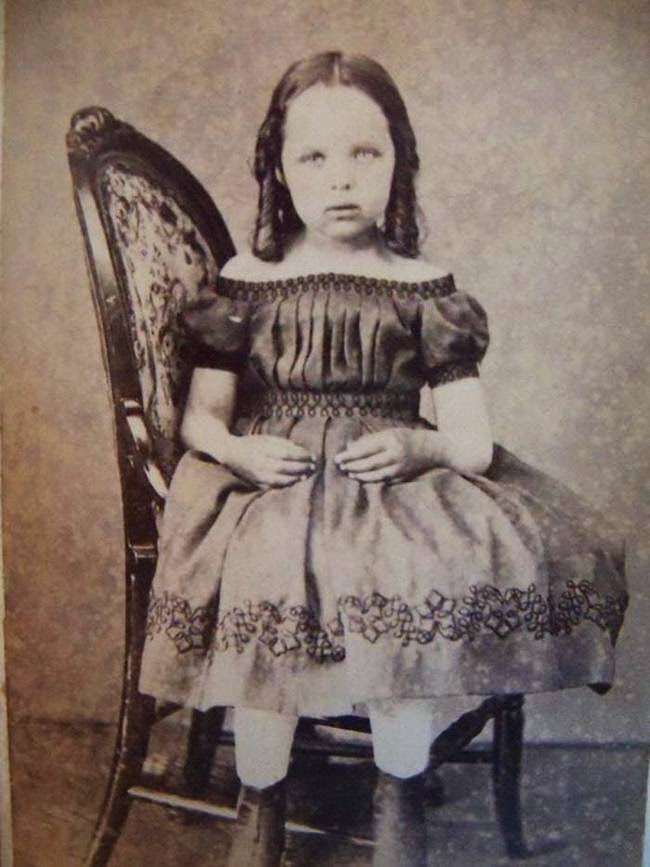
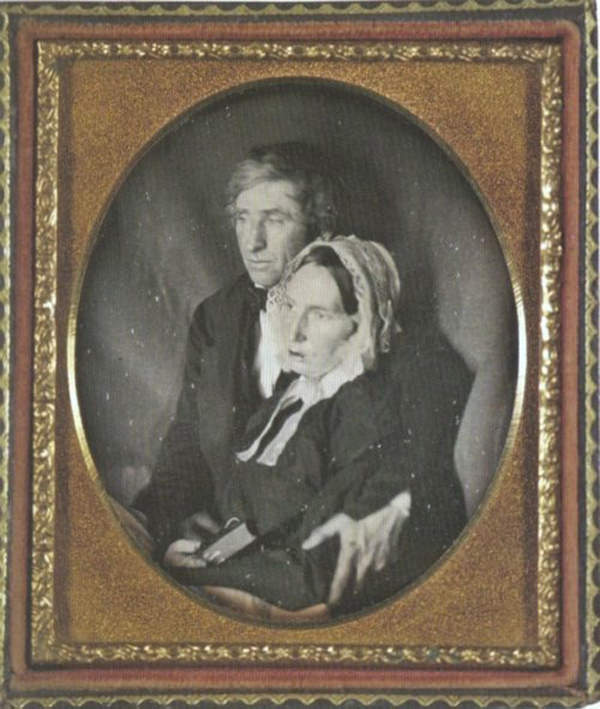
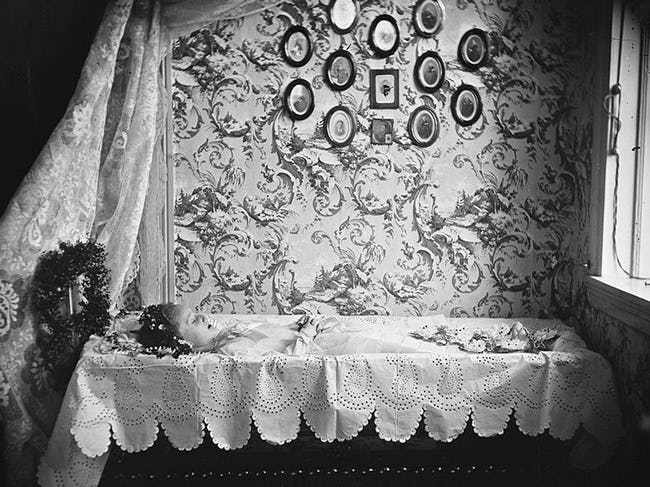
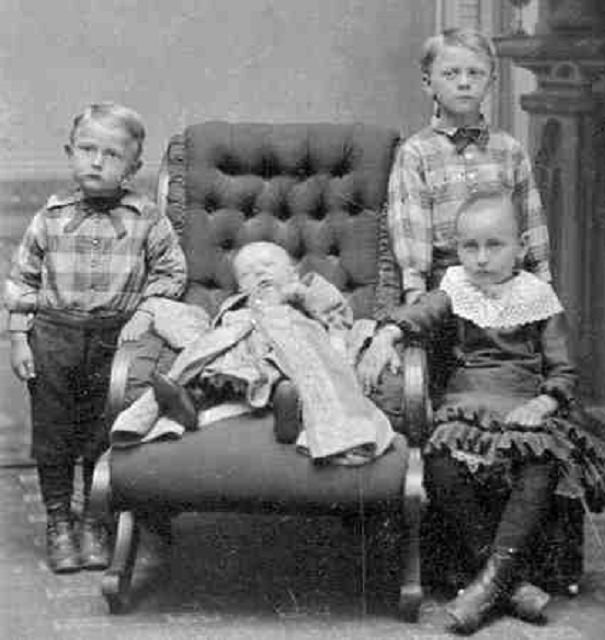
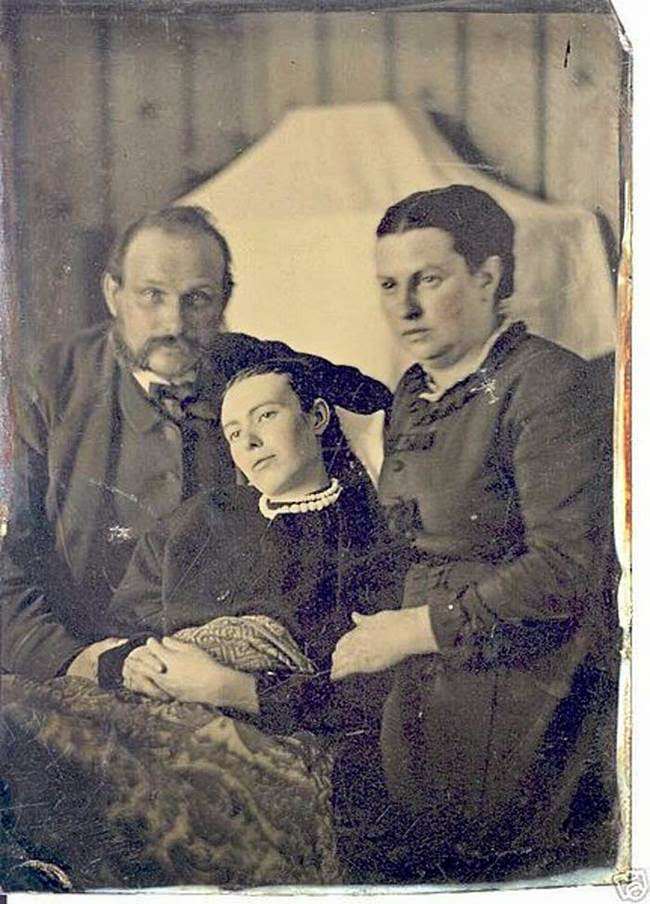
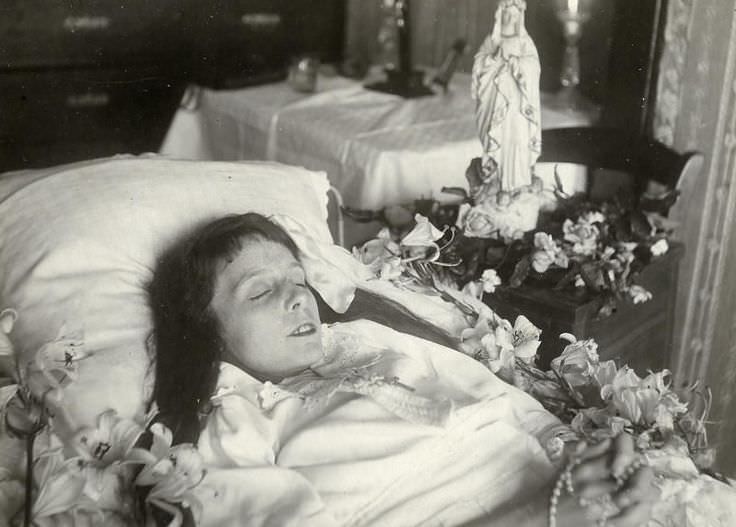
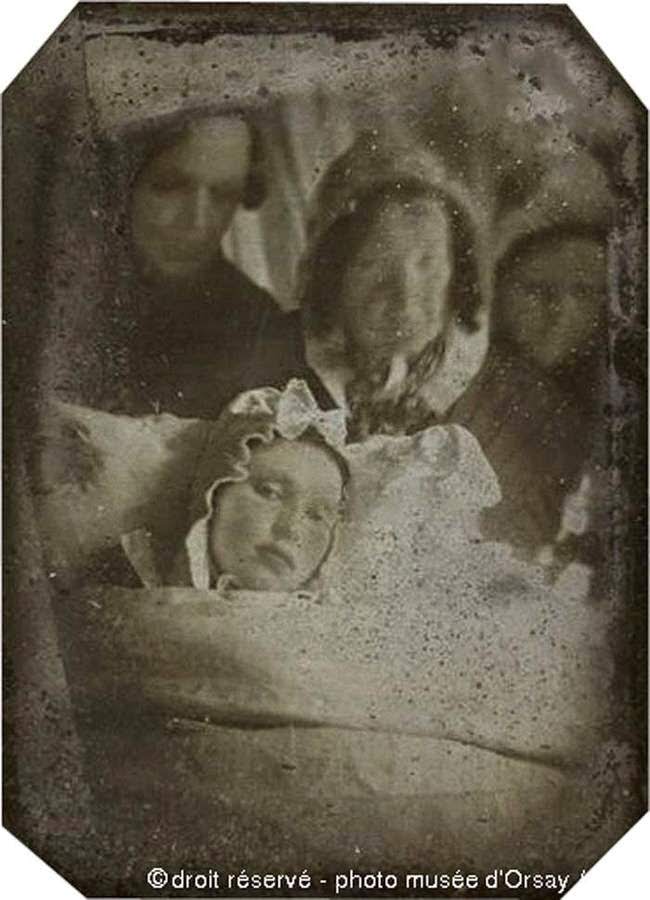
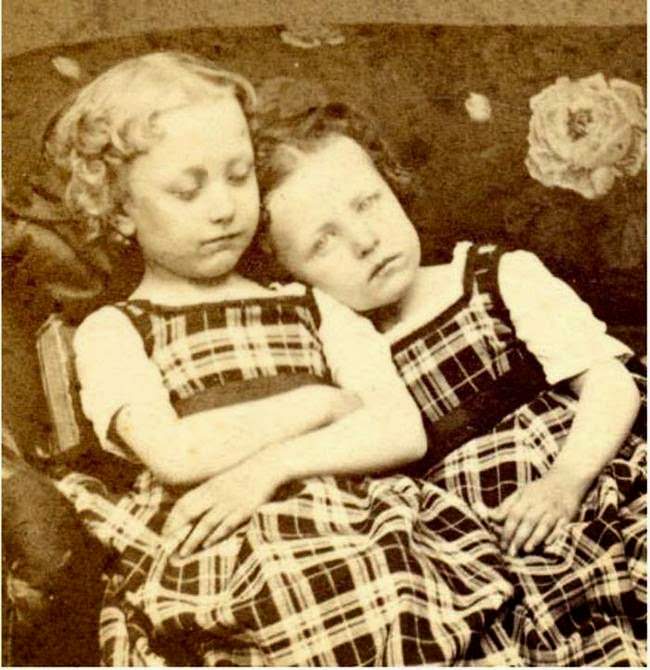
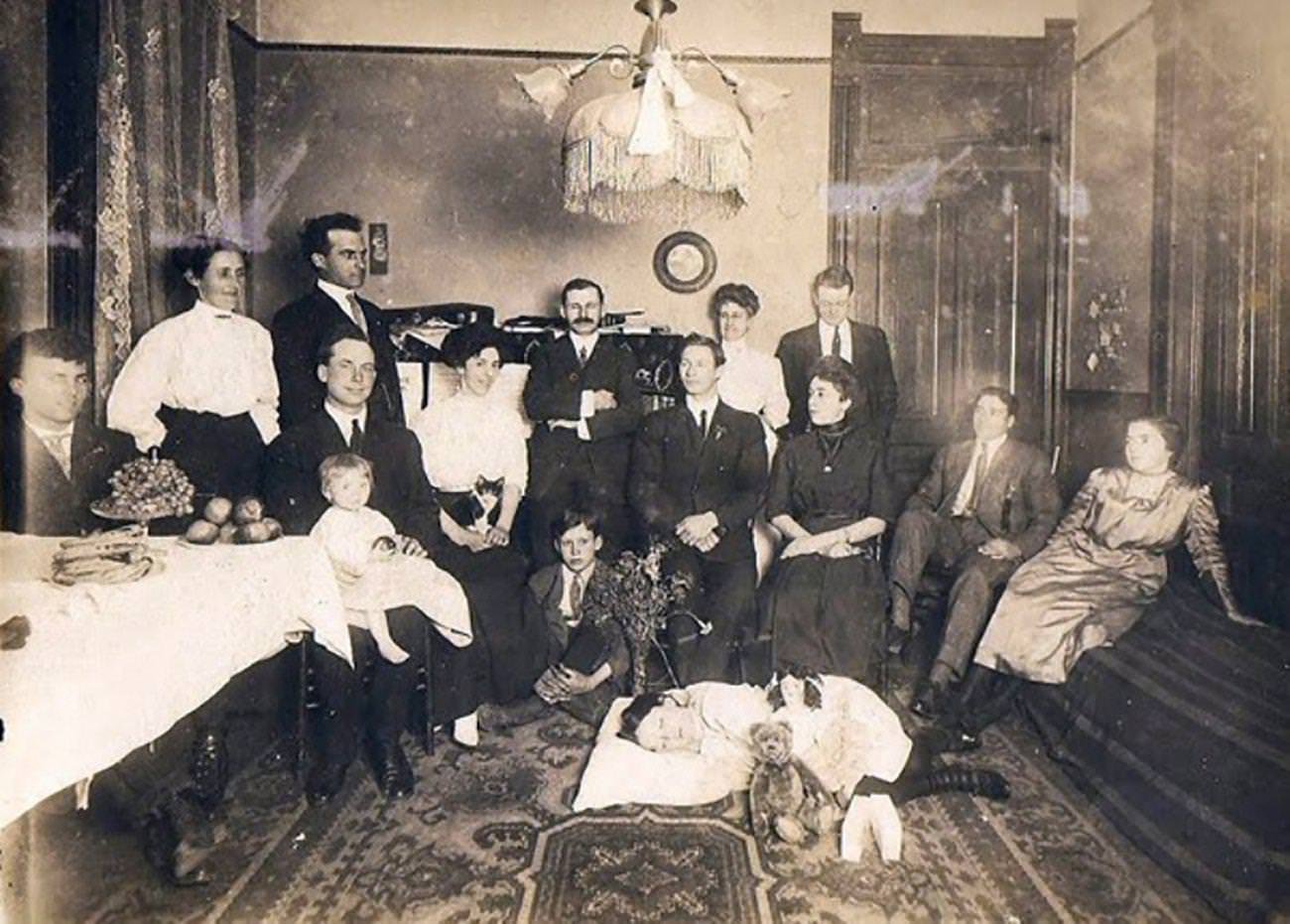
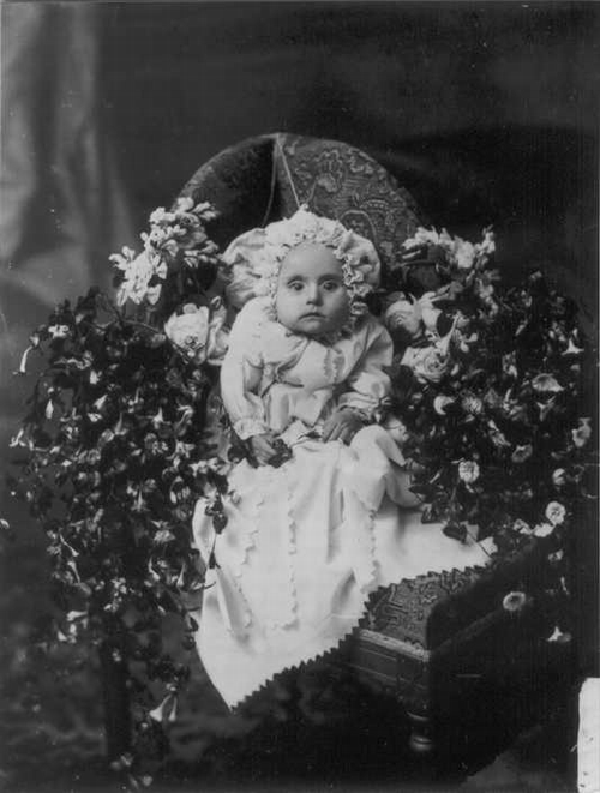
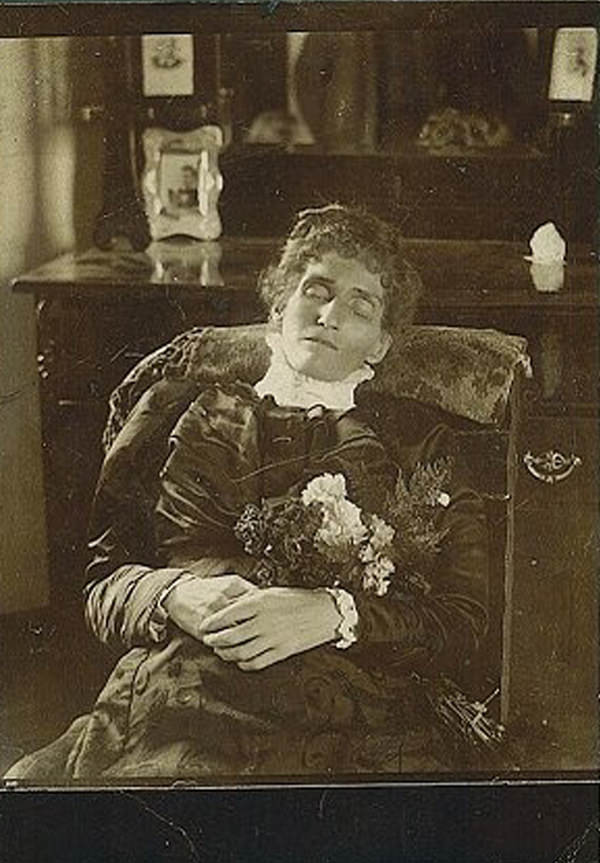
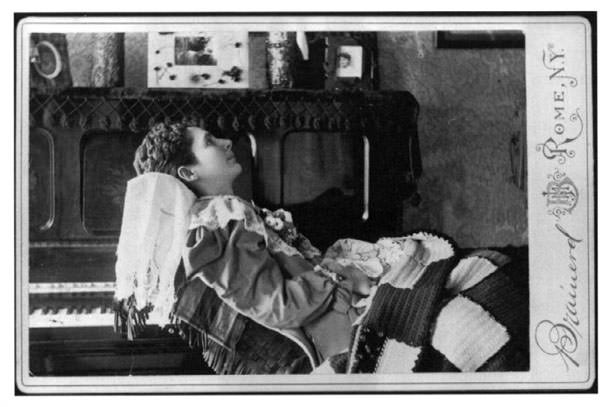
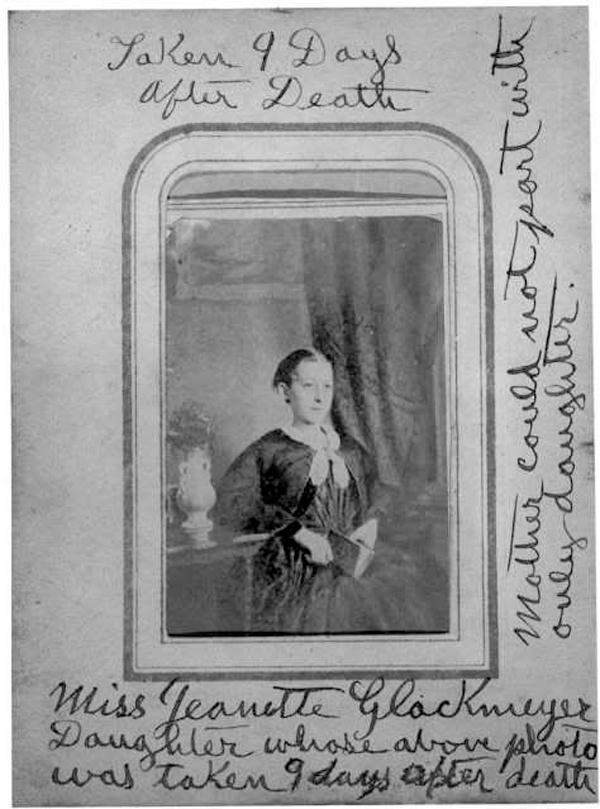
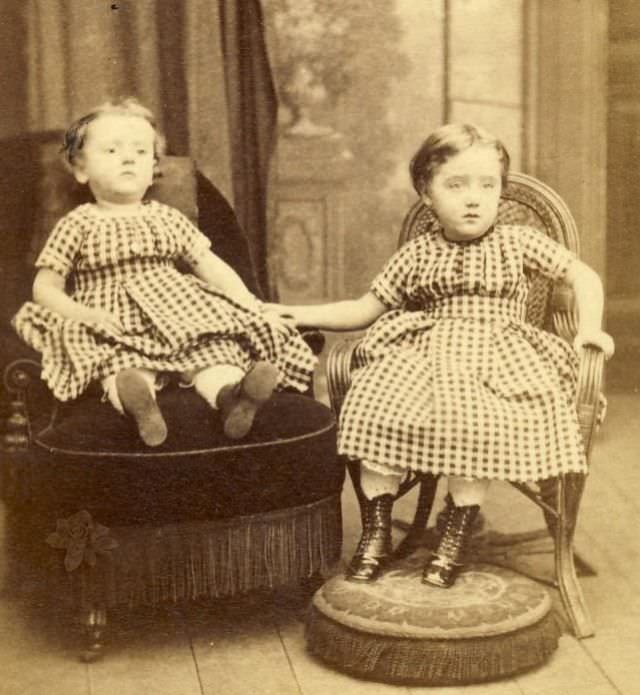
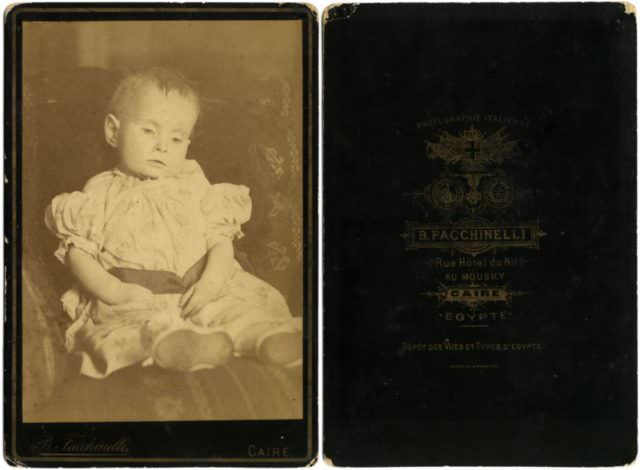
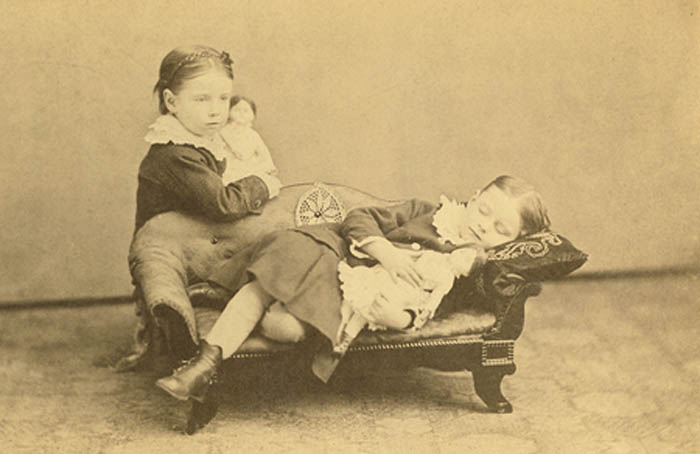
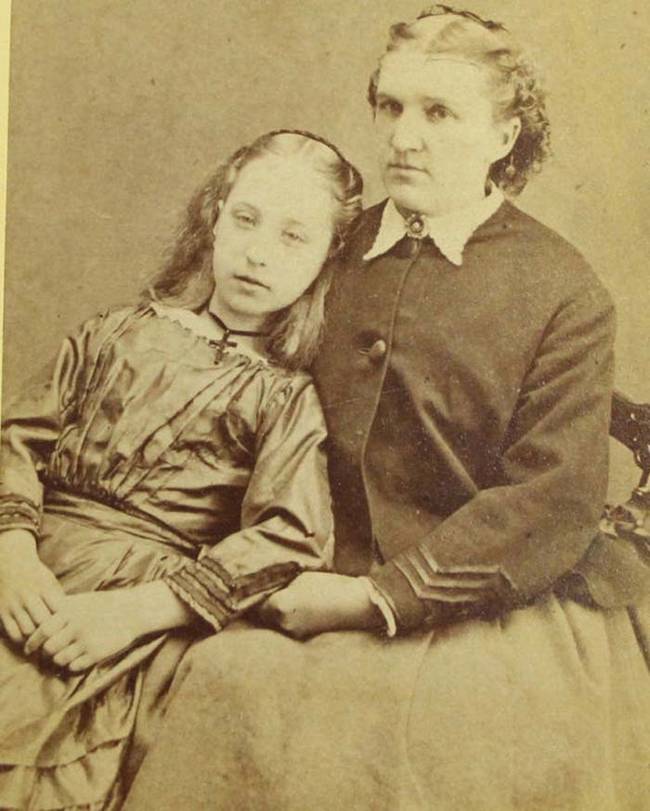
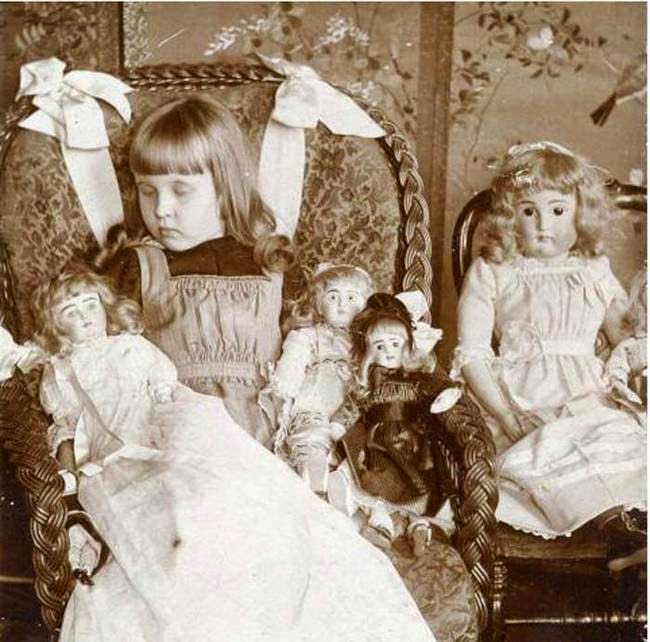
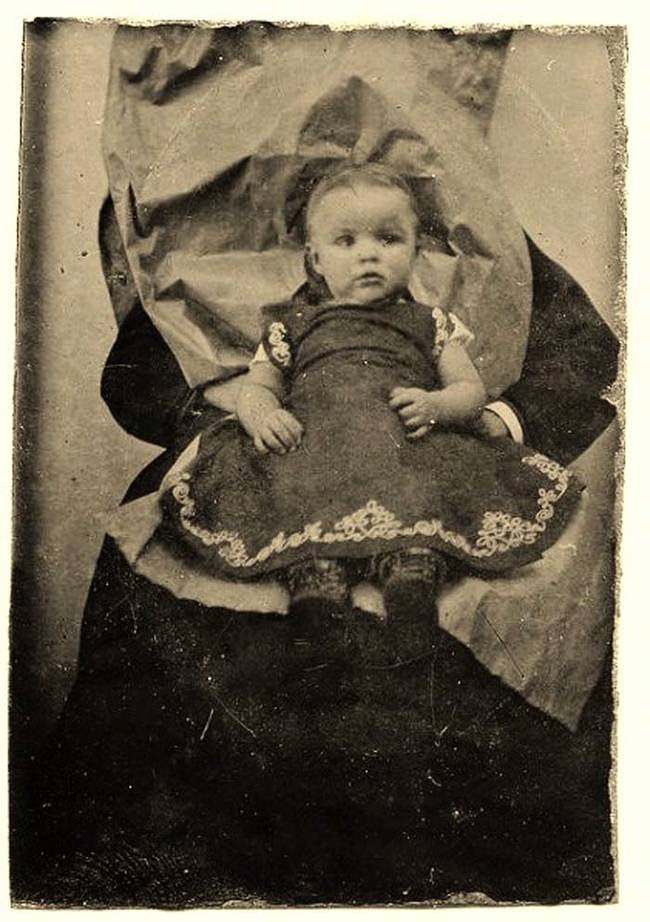
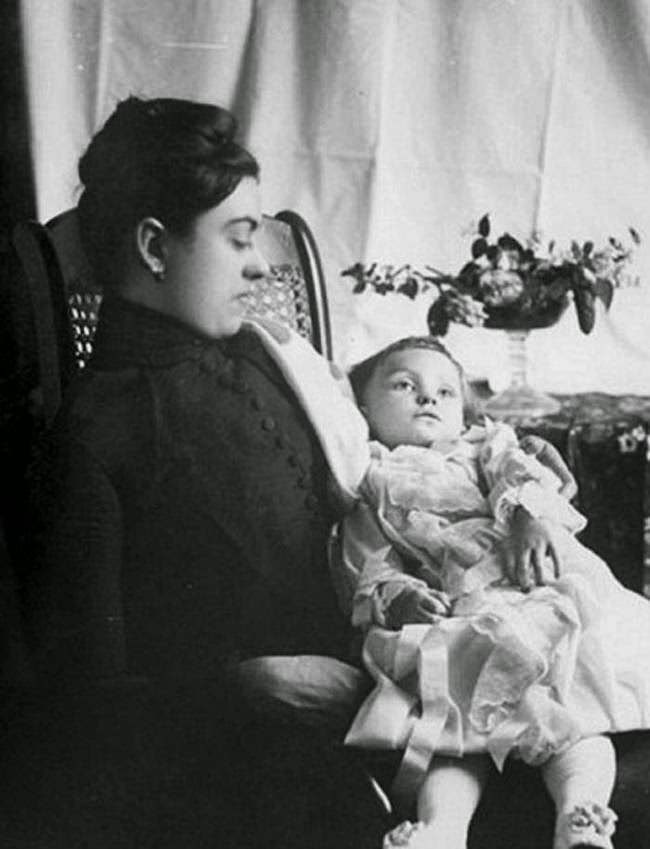
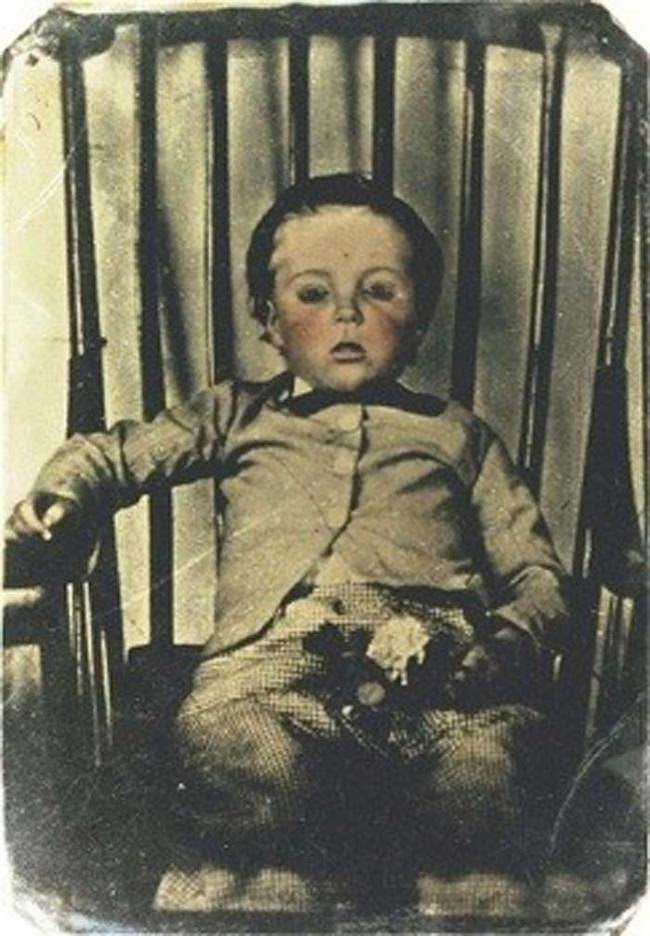
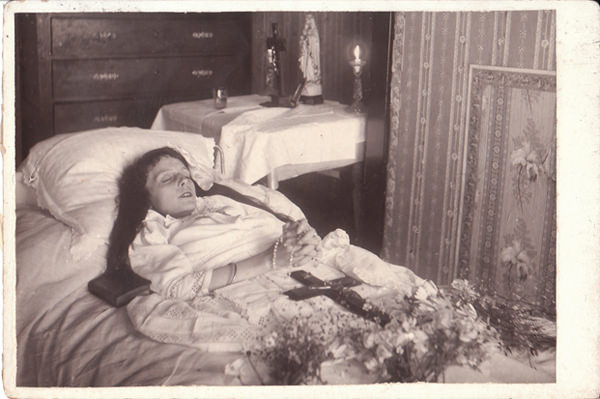
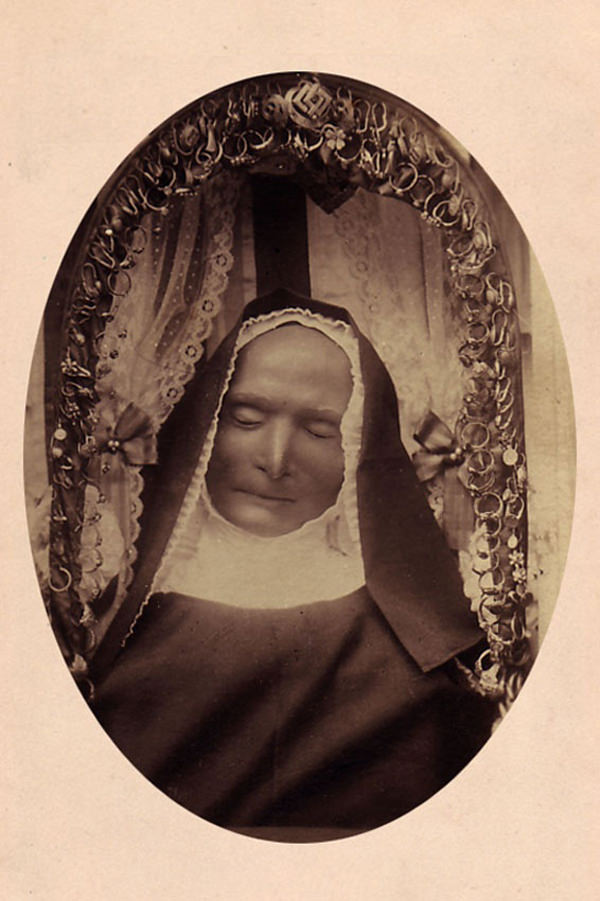
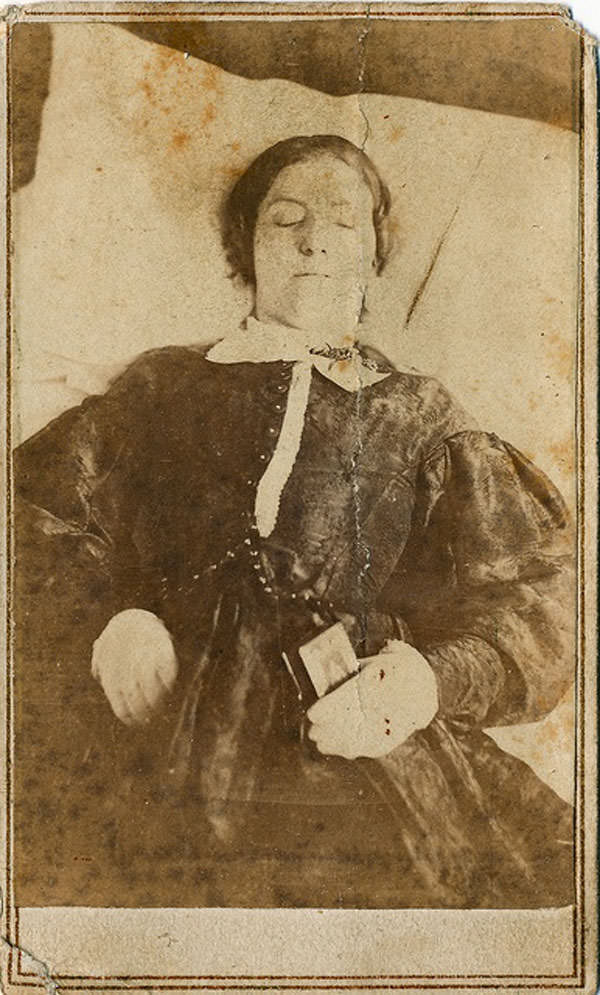
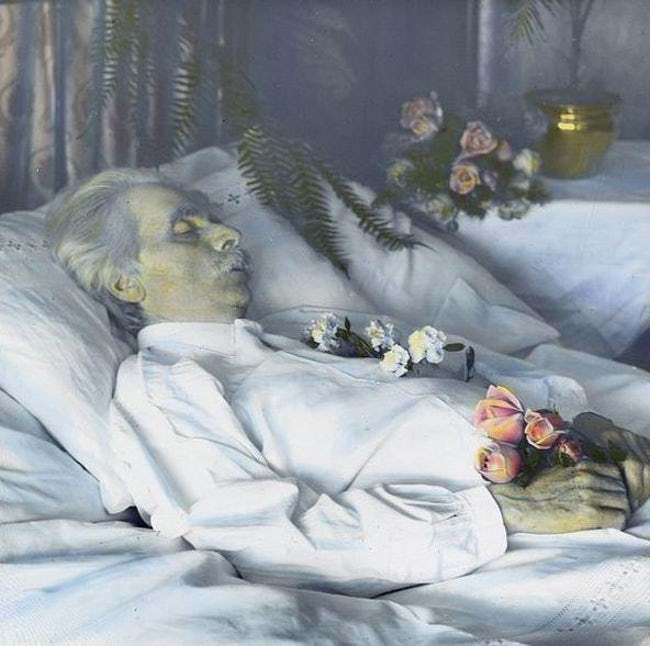
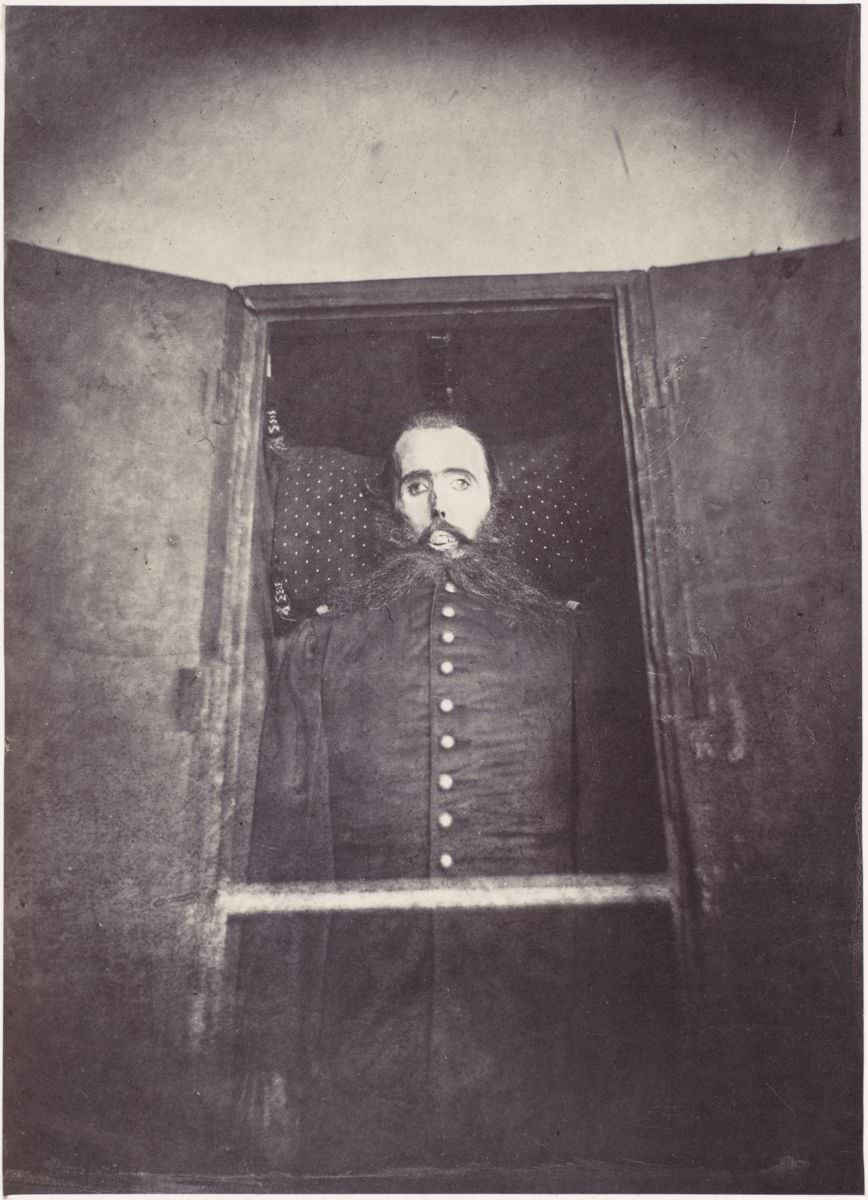
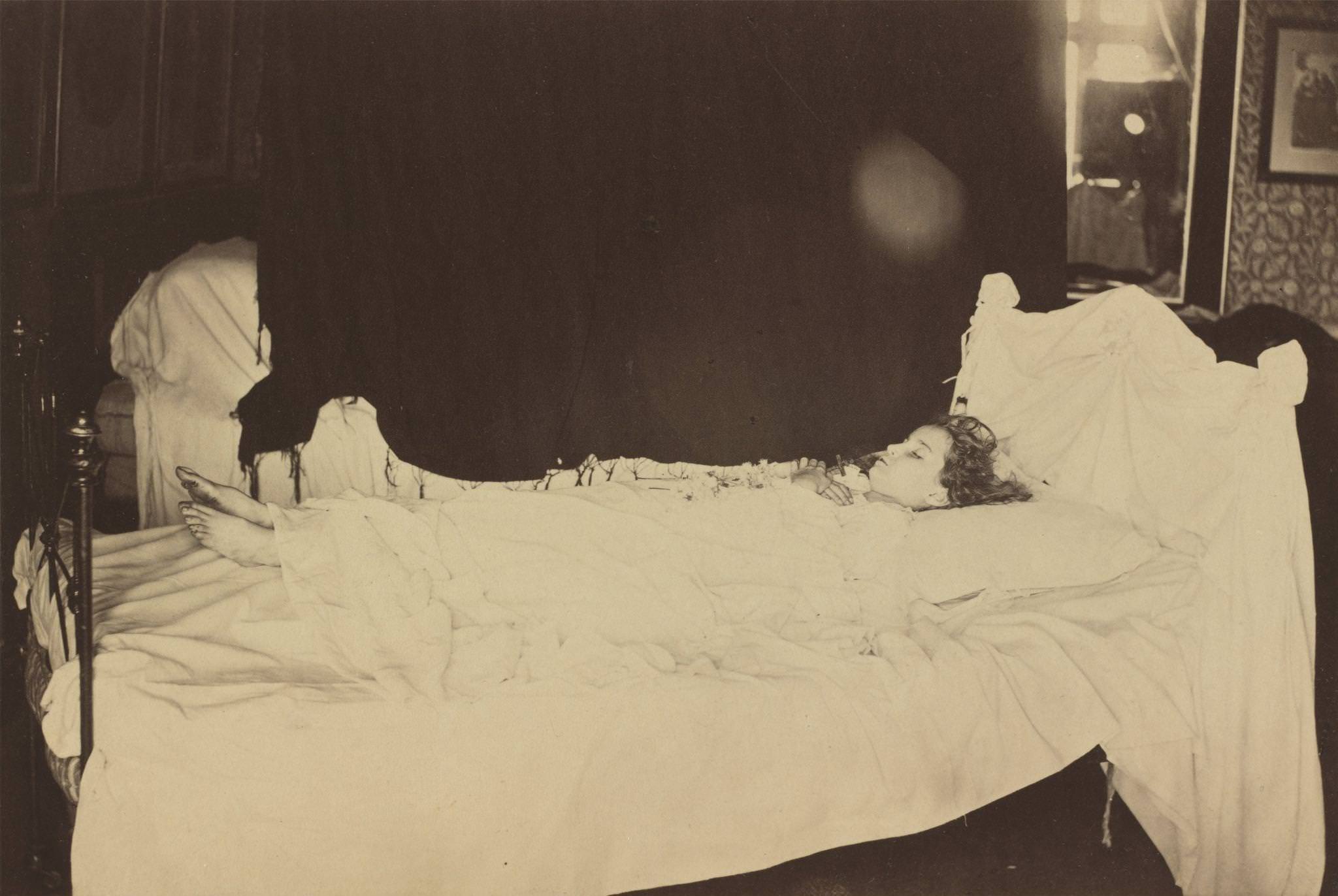
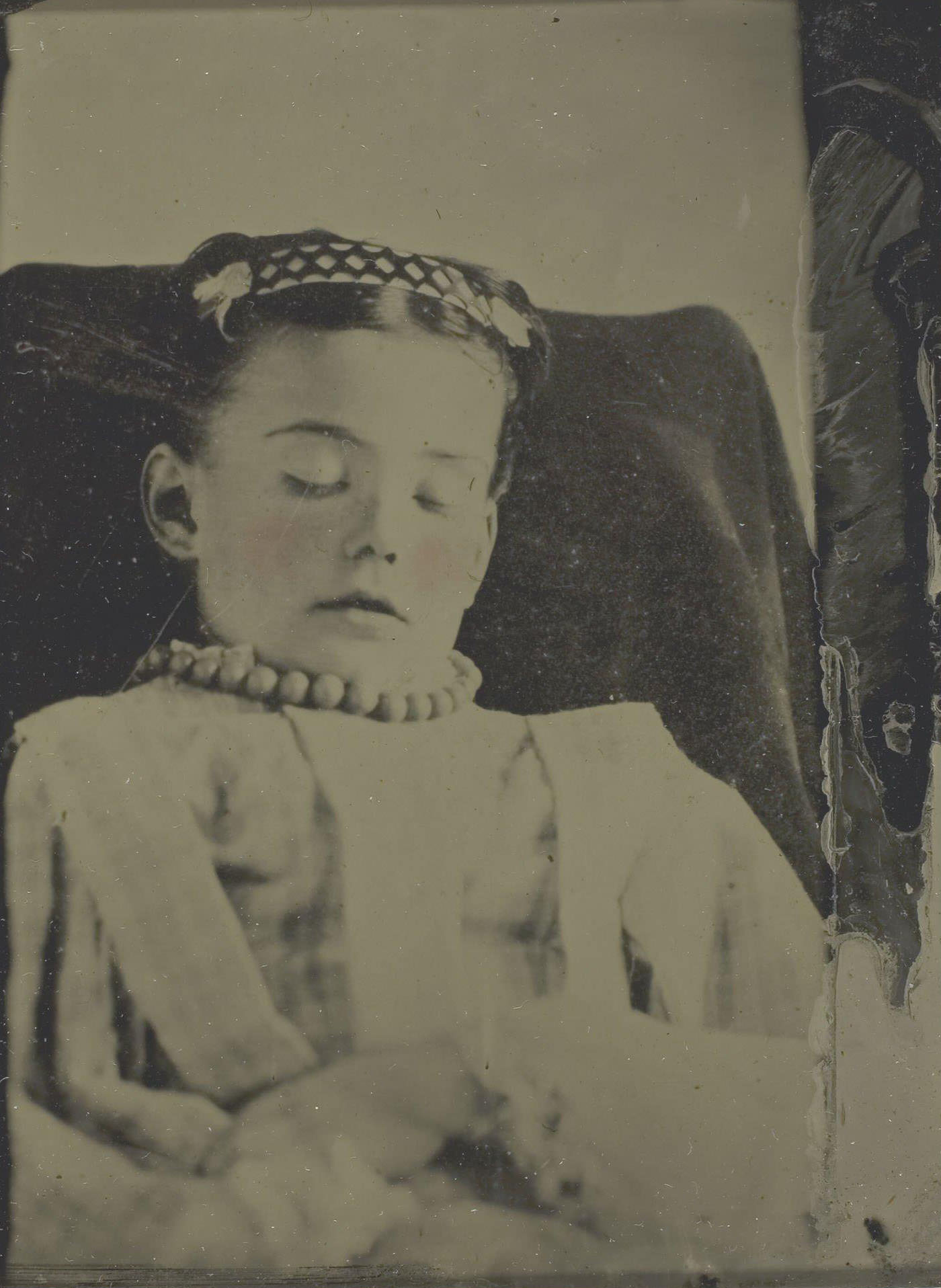
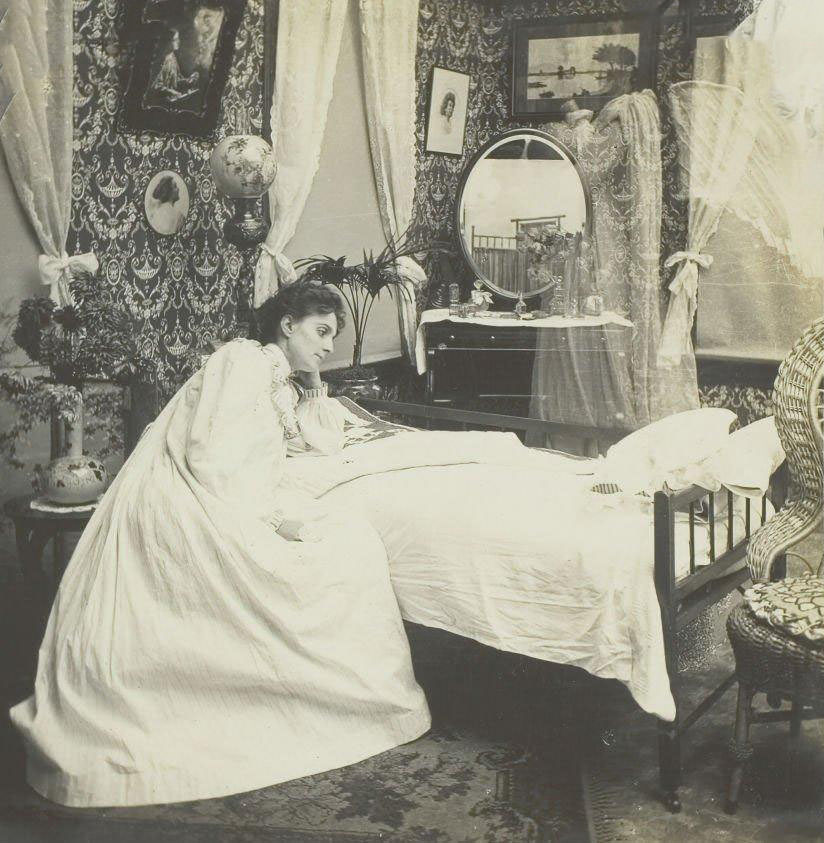
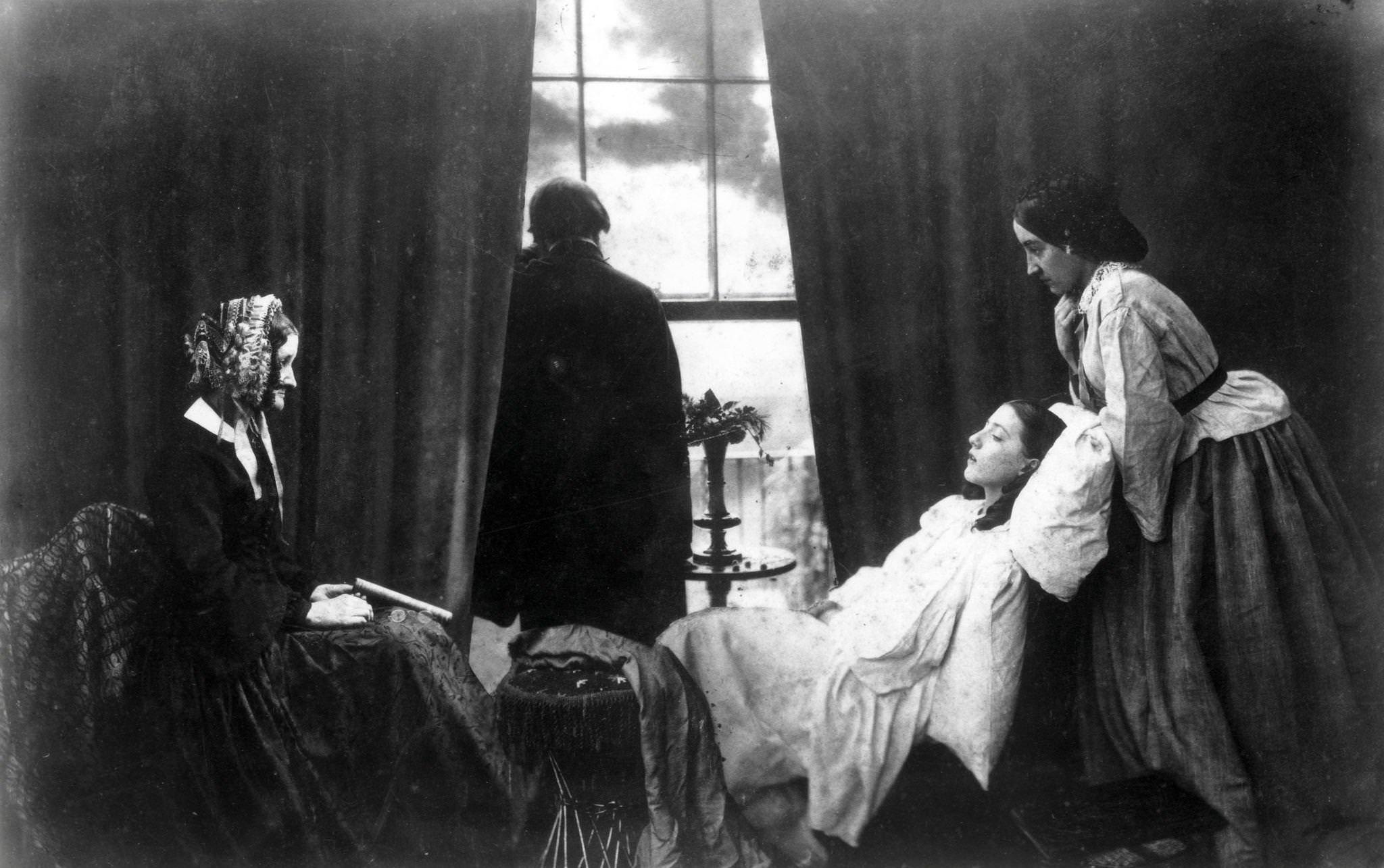
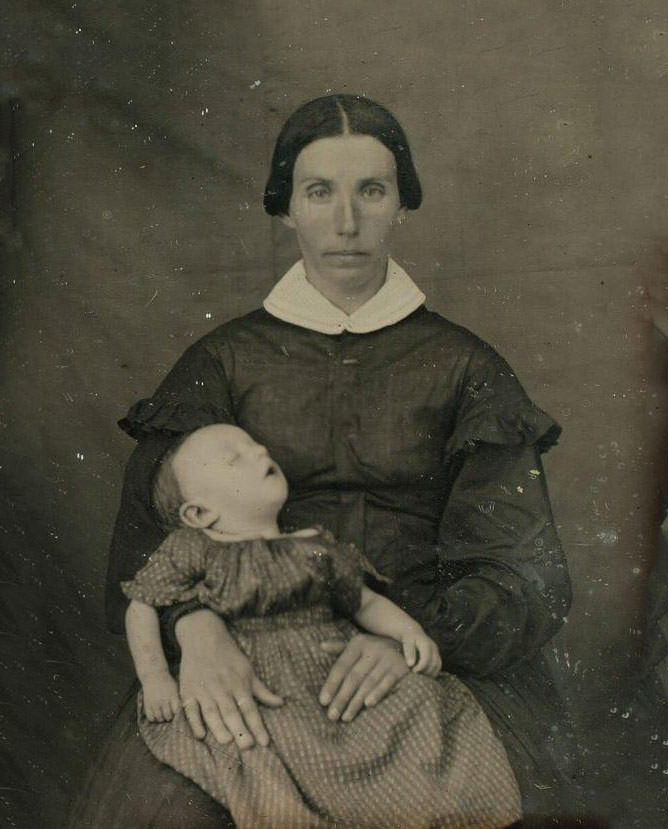
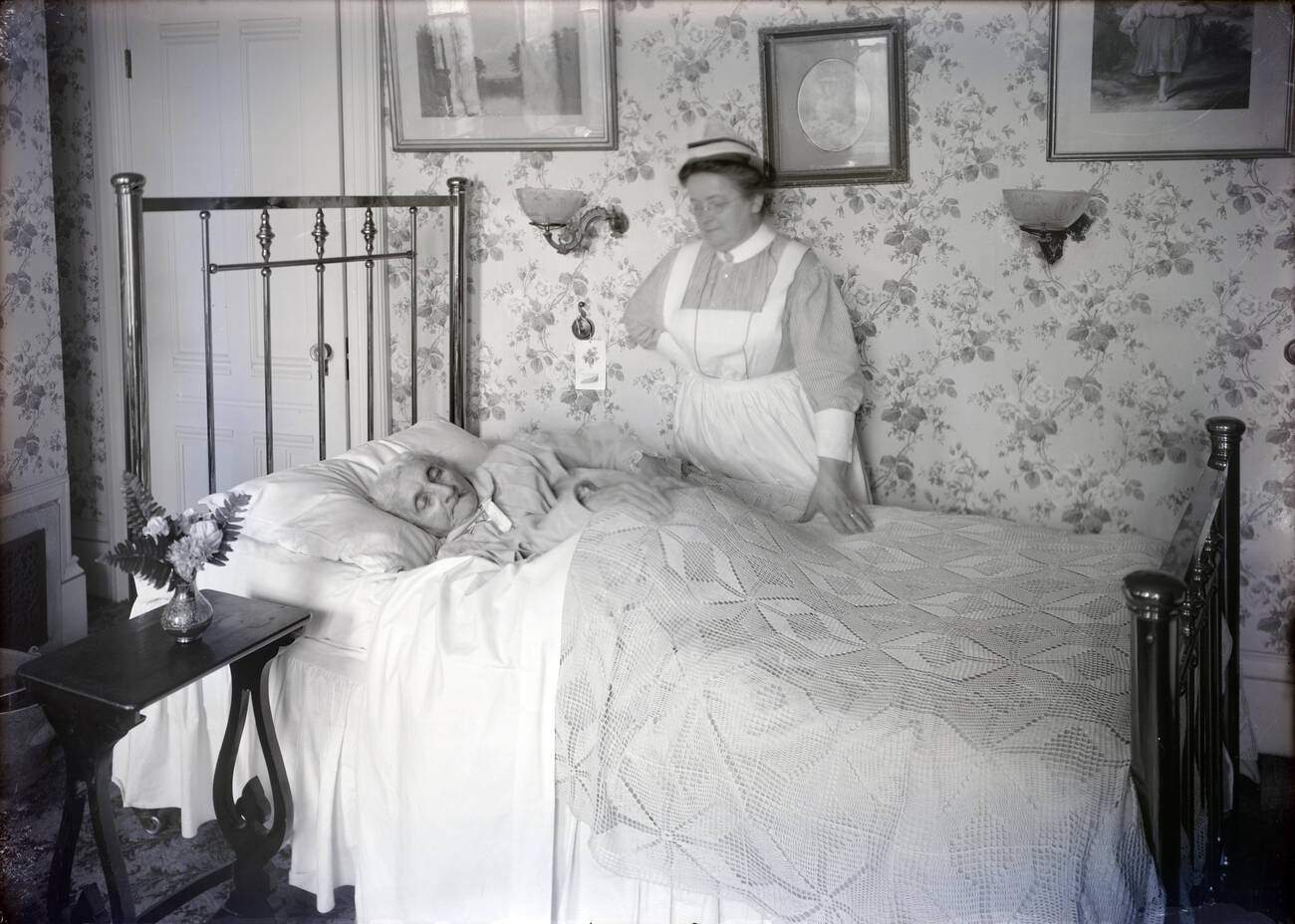
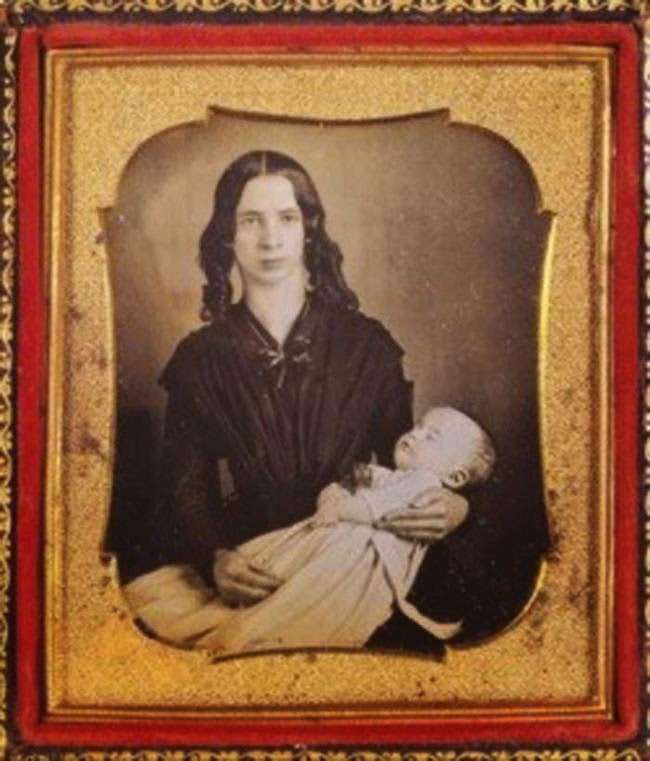
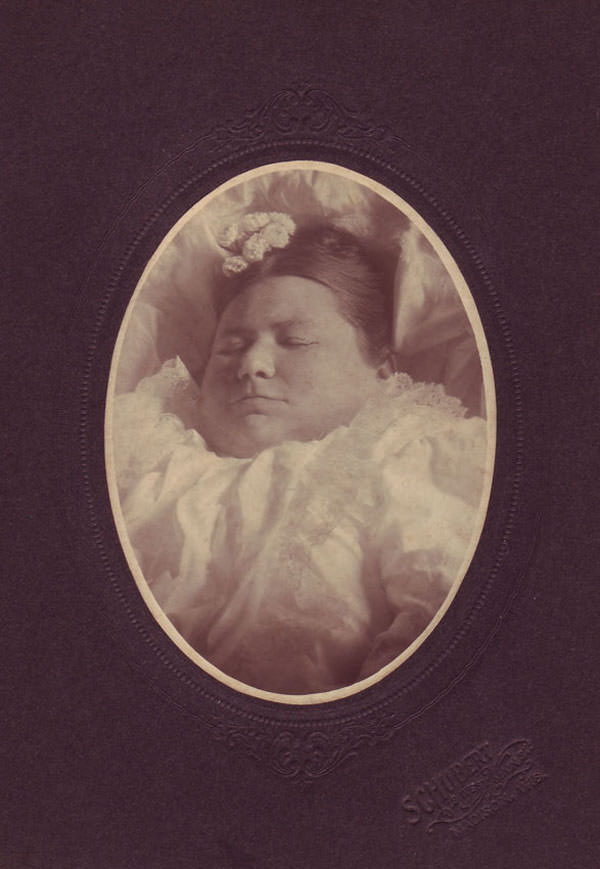
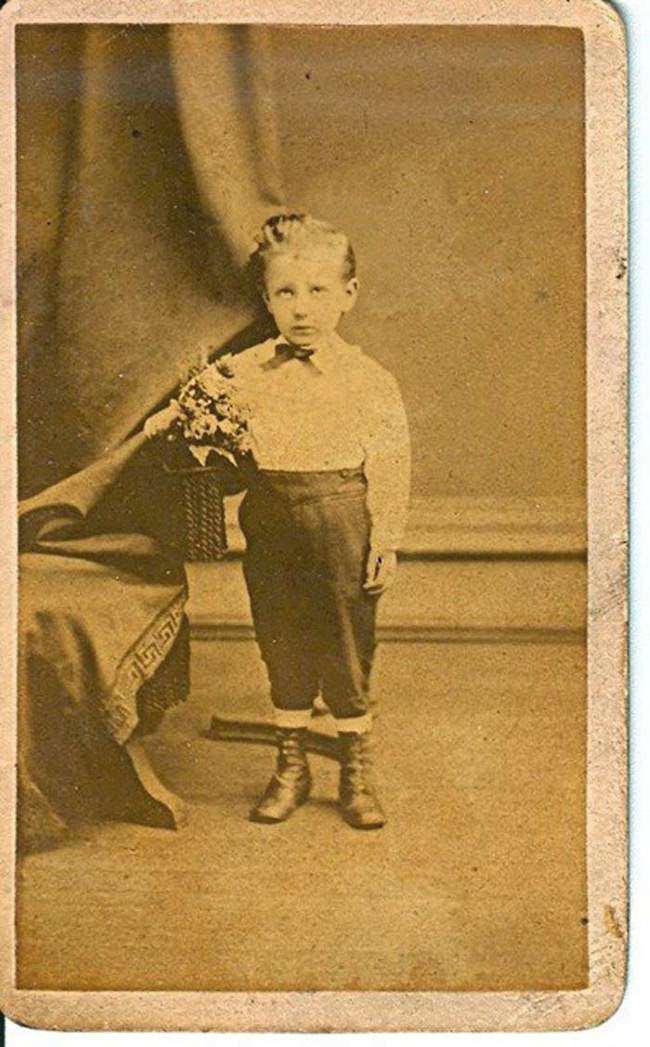
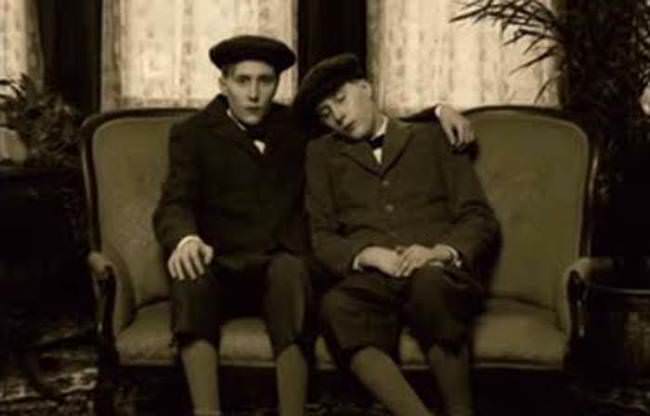
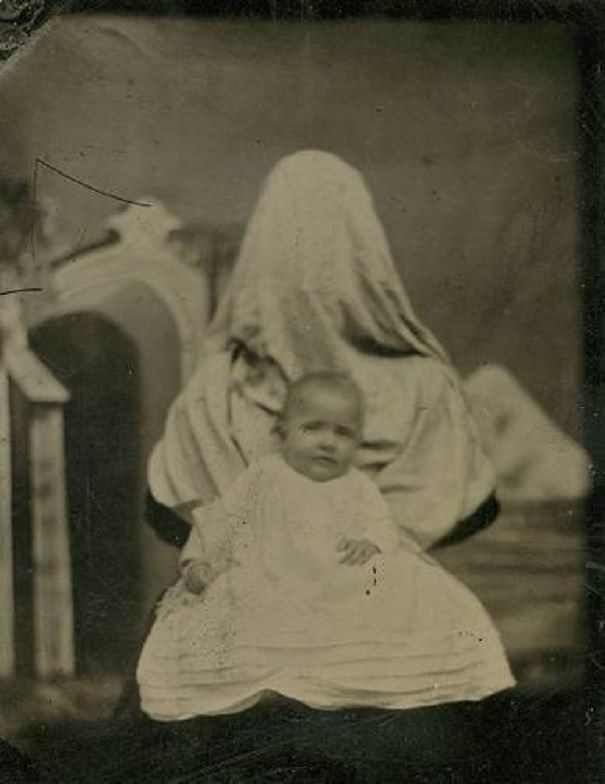
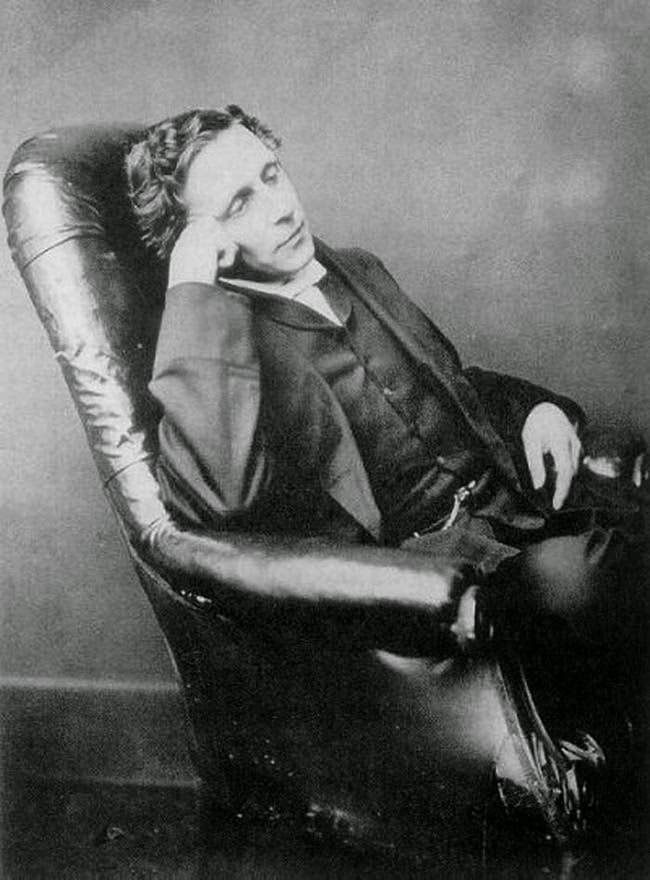
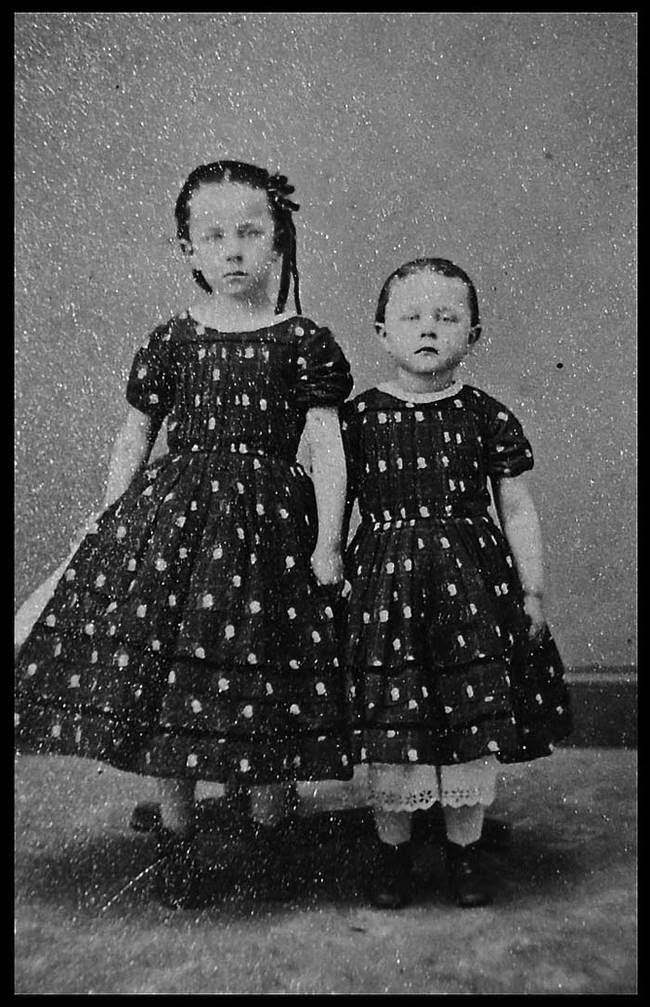
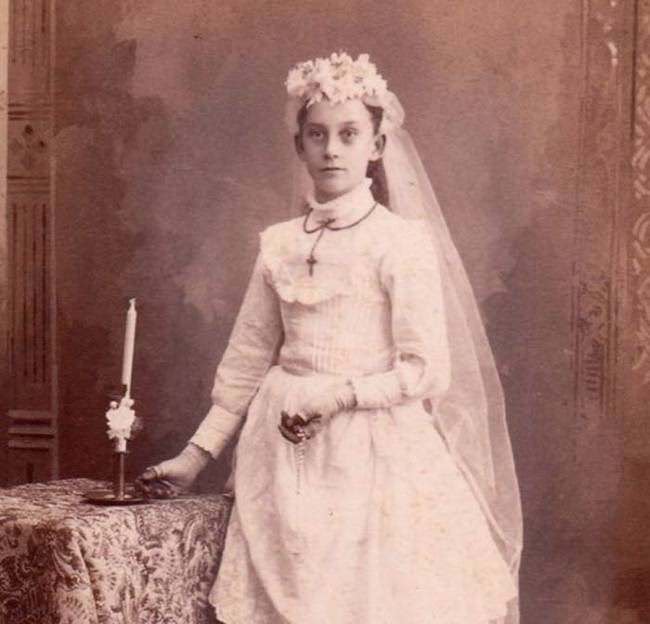
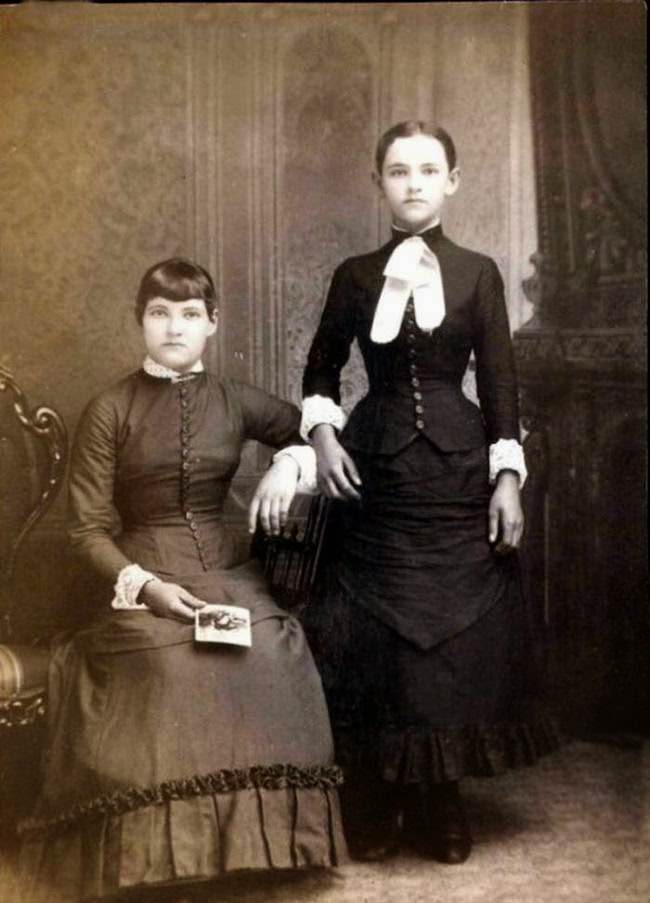
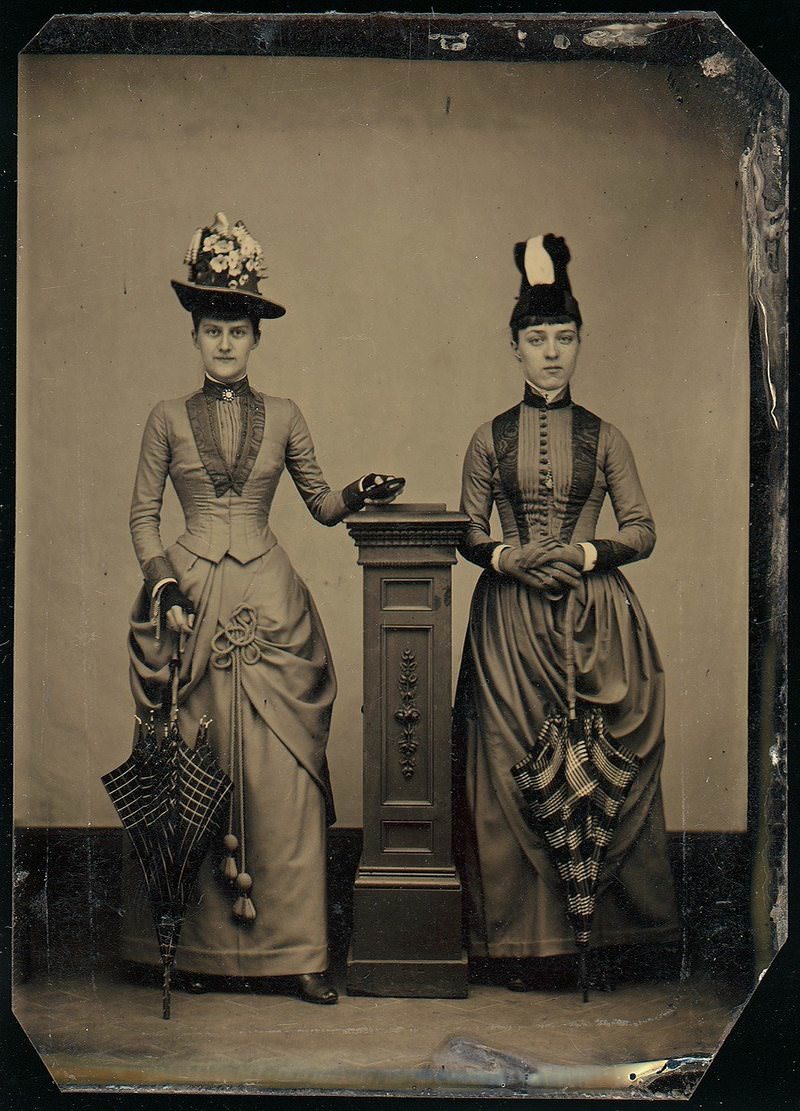

You lost me with Lewis Carroll’s photo. As it he was pretty much alive in there. Most of the rest are fake and misplaced, I can testify that more of them are not dead so I think your info is not serious at all, just copying and pasting from other dubious sites. Sorry but your research is not serious.
Tank 2 was arrange as the fish tank.” This tank contained all of the fish (about
50 tilapia).
bookmarked!!, I really like your site!
terima kasih atas kabarnya gan, semoga berkah.
Hi! Do you use Twitter? I’d like to follow you if that
would be okay. I’m undoubtedly enjoying your blog and look forward to new updates.
Very descriptive article, I liked that a lot. Will there be a part
2?